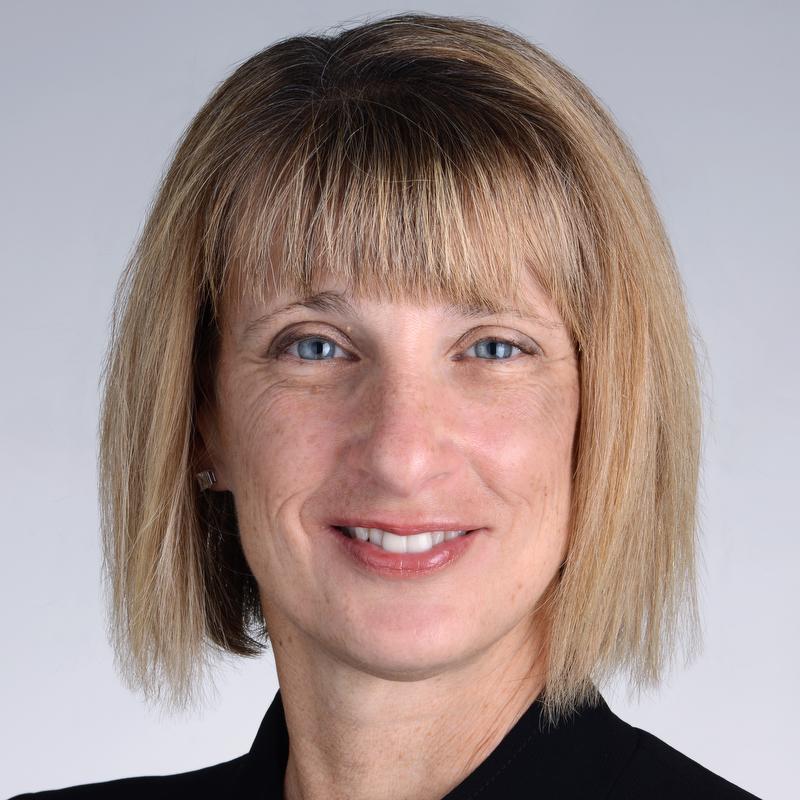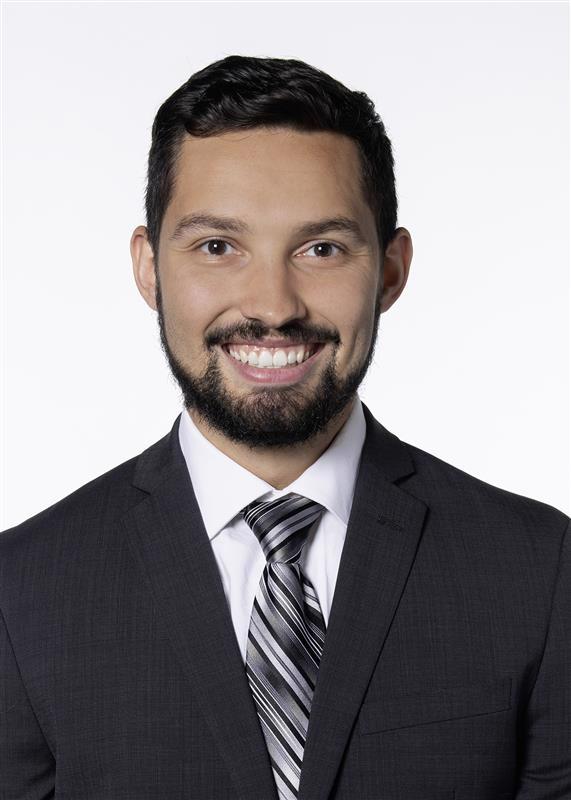

TL1 Postdoctoral Spotlight: Chase Sakitis, Ph.D., Children’s Mercy Kansas City
By Kelly Hale, Marketing & Communications Specialist
Sep 30, 2025
Project Summary: Development of immunotherapy (IO) has been groundbreaking in cancer treatment and has shown promise in treating certain cancers. However, this approach has not been effective in many other types of cancer. Clinical trials investigating IO often show little to no signs of immune activity, making it difficult to determine characteristics in the tumor immune microenvironment (TIME) that might be associated with IO response. Multiplex immunofluorescence (mIF) is a state-of-the-art imaging technology that helps scientists and doctors better understand diseases like cancer, visualize how immune cells react to a tumor, and create more effective treatments by identifying which cells are active. Even though mIF is a powerful tool, it presents some challenges when scientists attempt to analyze the data due to low immune activity. Standard statistical models can be utilized to model the data, but do not necessarily account for all potential characteristics of the data. In this research, we propose to overcome these challenges through the development of novel Bayesian statistical models and software. Bayesian models are used when you have limited data, you want to combine past knowledge with new information, and you are dealing with uncertainty that should be expressed clearly. These models incorporate potential relationships between features of interest, which the standard models do not consider. Applying these models to gain a better understanding of the TIME can aid the development of an ovarian cancer prognostic immune signature that could help with treatment decisions.
Mentors: Brooke Fridley, Ph.D., Children’s Mercy Kansas City; Lauren Peres, Ph.D., Moffitt Cancer Center; Daniel Rowe, Ph.D., Marquette University
Just a little over a year into his postdoctoral position at Children’s Mercy Kansas City, Chase Sakitis, Ph.D., is interested in cancer research. He has spent time in neuroimaging and has a background in biostatistics and wants to apply his background to more cancer research, where he is currently working on ovarian cancer.
“The work I’m doing with biostatistical modeling is focused on cancer research, and I’m working with Dr. Fridley, who has done a lot of work with ovarian cancer,” he said. “She has provided me with a lot of great guidance and given me some support on both the statistical and biological components. She has been great about giving me the freedom to trust my background and explore a little bit.”
For his TL1 project, Sakitis is working on his overall goal of aiding patient decisions regarding cancer treatment/immunotherapy. This immunotherapy treatment has only been effective in a small number of patients.
“The goal is to help narrow down which patients are likely to gain the most from these treatments,” he said. “I’m looking at the tumor and trying to do a statistical analysis on whether there’s a connection between certain characteristics in the tumor and an association with the stage of cancer or the age at which the cancer was first diagnosed.”
He is currently working to build a framework that will be available for more exploratory analysis. The project is using data from previous ovarian cancer studies.
As for the TL1 postdoctoral program, Sakitis was thinking about his future when he applied, as he would like to have his own lab.
“As I looked through the information to apply, I started thinking about how this could be a great first step in getting some training for me to hopefully be able to run my own lab one day,” he said. “This program is really giving me the time to learn, while also providing some great resources and funding.”
Sakitis is still a newcomer to the TL1 program, but he is already seeing the long-term benefits of the program.
“I’m developing some relationships that could lead to collaborations down the road, learning about Team Science and really thinking about what you need to have your own lab, and even grant writing because as a PI (primary investigator), you’re going to have to write a lot of grants and getting training on how to write them with the best opportunity to get them funded has been really helpful,” he said.
Latest Articles
View All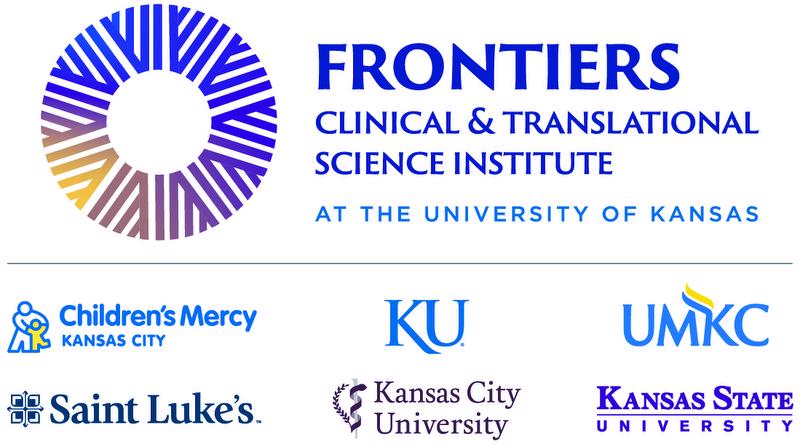 Funded Projects · News
Funded Projects · News
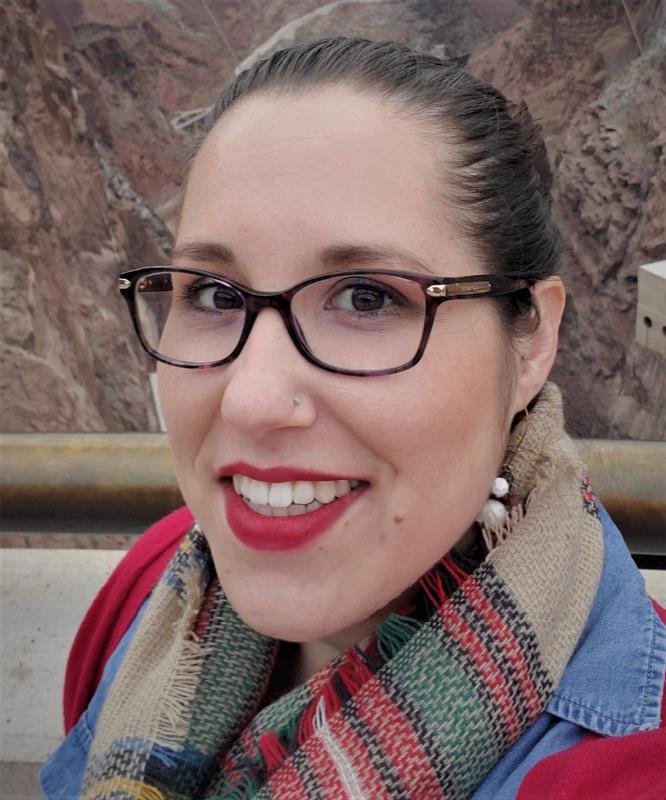 TL1 Trainee · News
TL1 Trainee · News
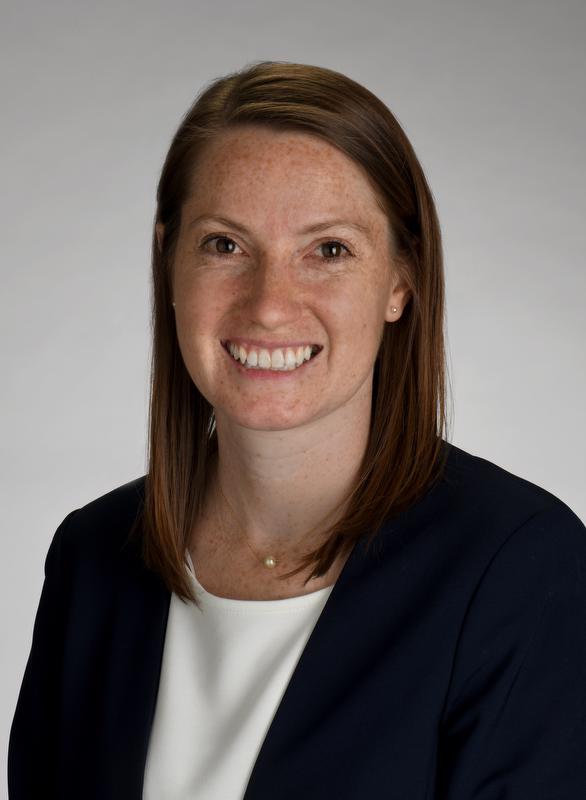 KL2 Scholar · News
KL2 Scholar · News
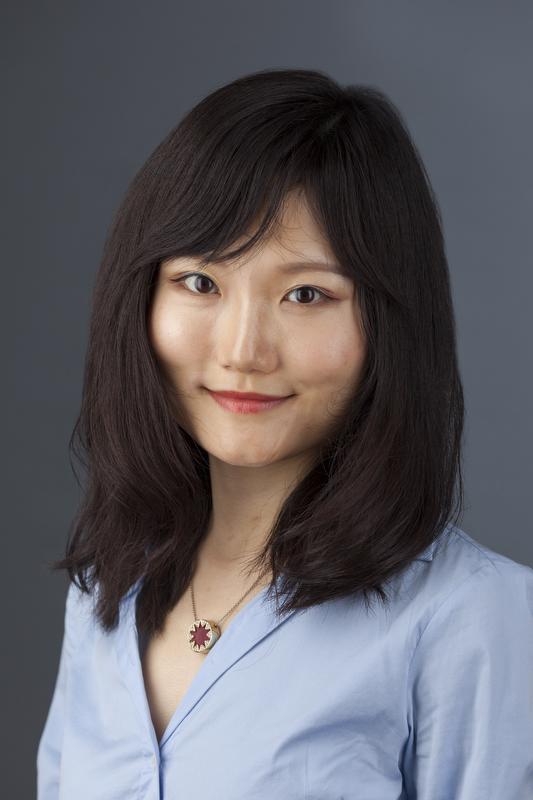 Funded Projects · News
Funded Projects · News
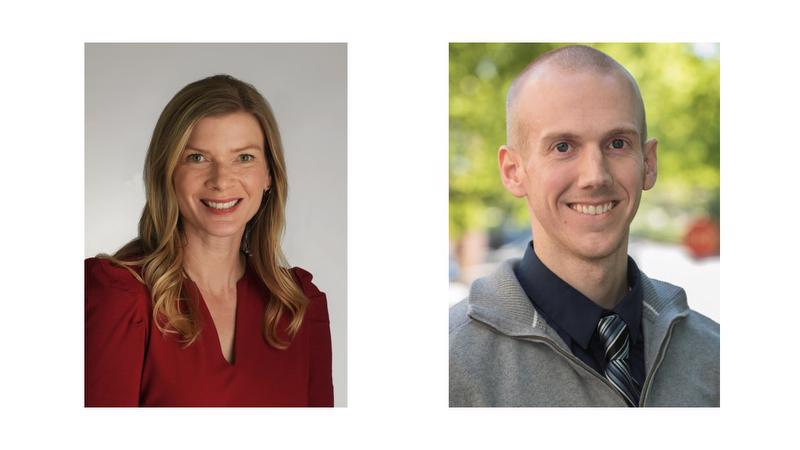 Funded Projects · News
Funded Projects · News
 TL1 Trainee · News
TL1 Trainee · News
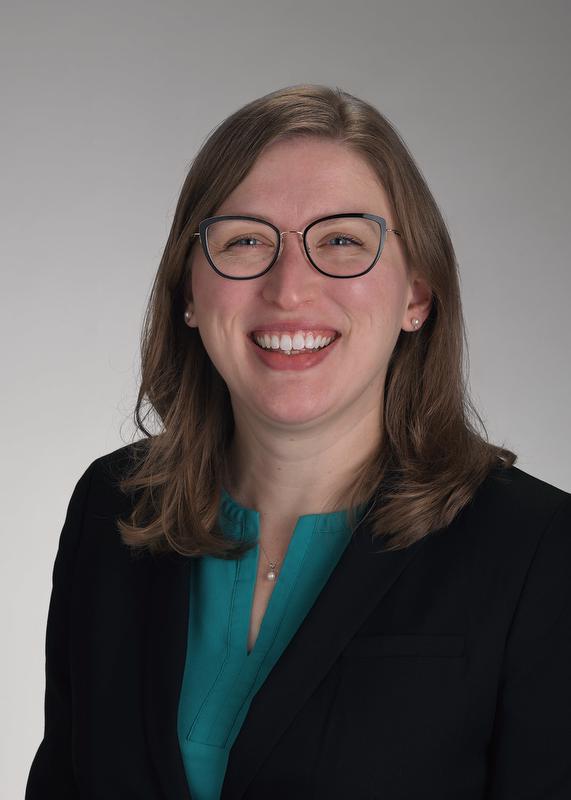 KL2 Scholar · News
KL2 Scholar · News
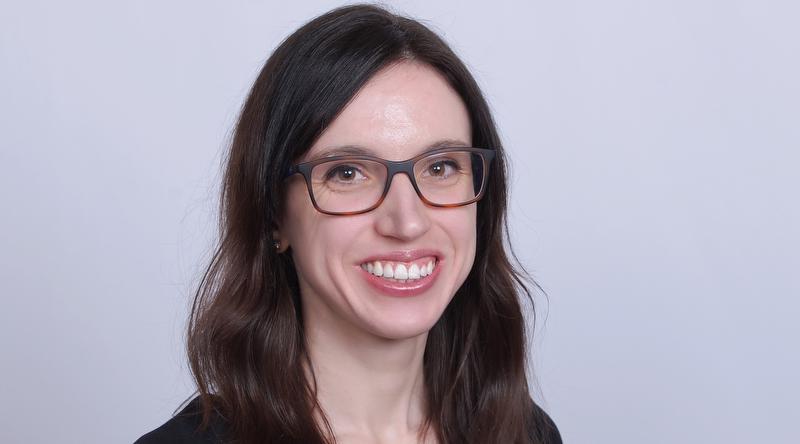 Funded Projects · News
Funded Projects · News
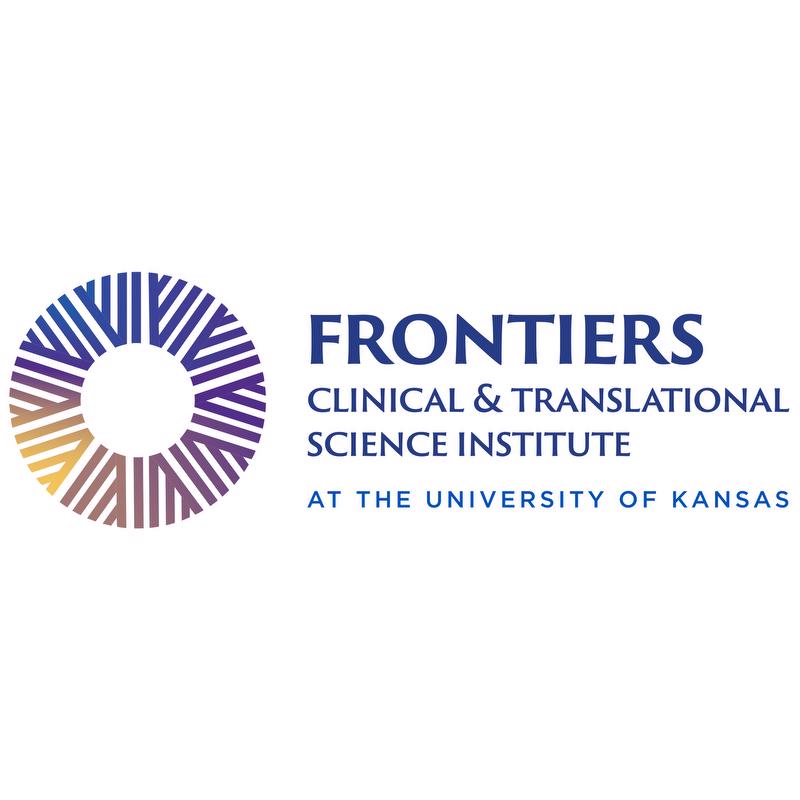 News
News
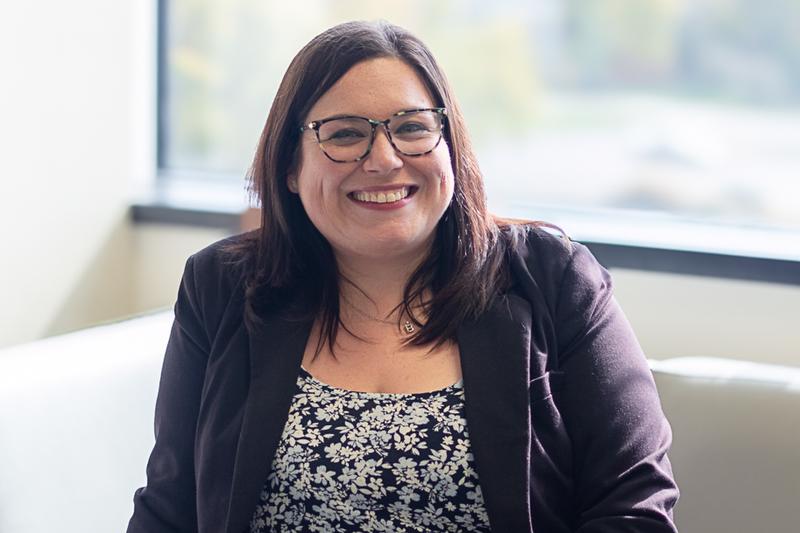 TL1 Trainee · News
TL1 Trainee · News
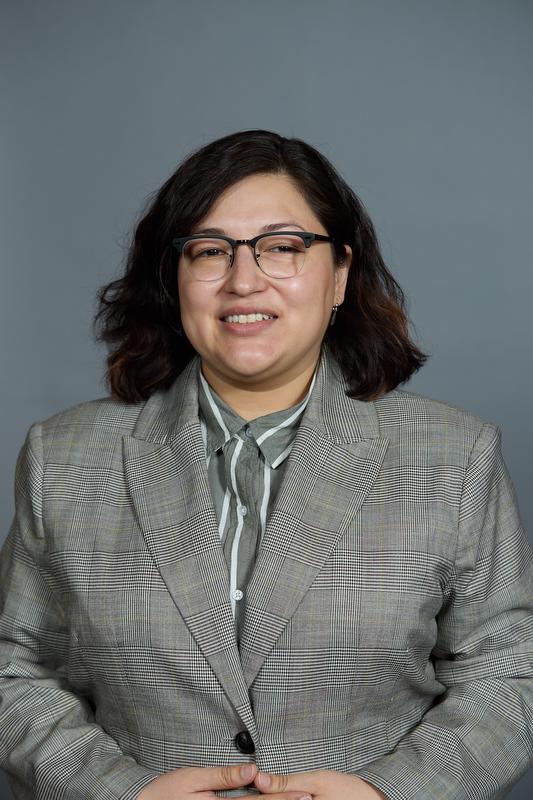 News
News
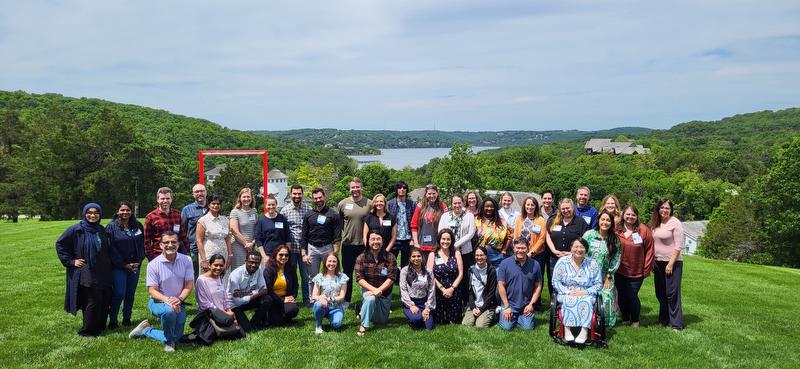 News
News
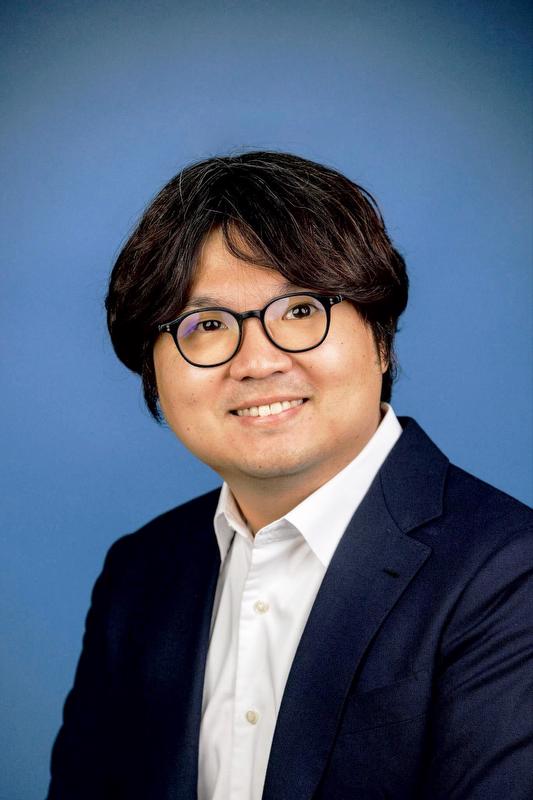 Funded Projects · News
Funded Projects · News
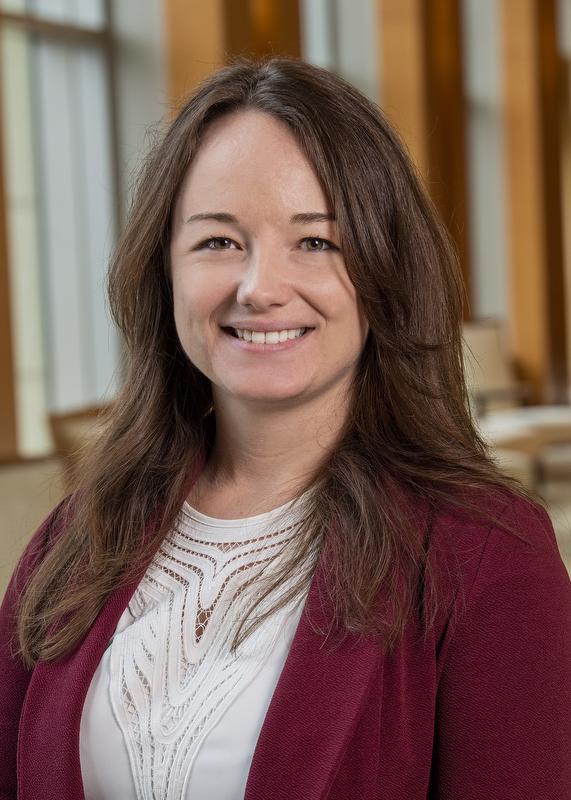 TL1 Trainee · News
TL1 Trainee · News
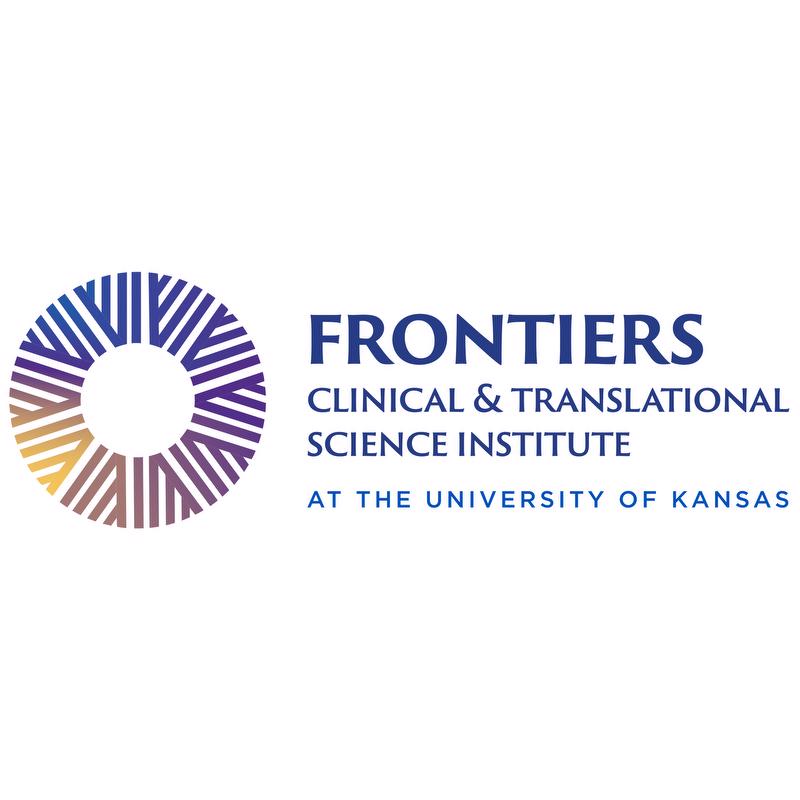 Events
Events
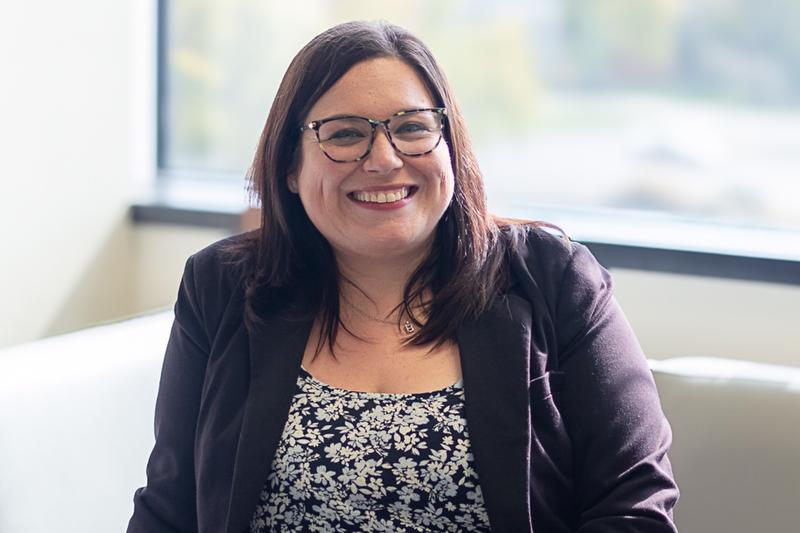 TL1 Trainee · News
TL1 Trainee · News
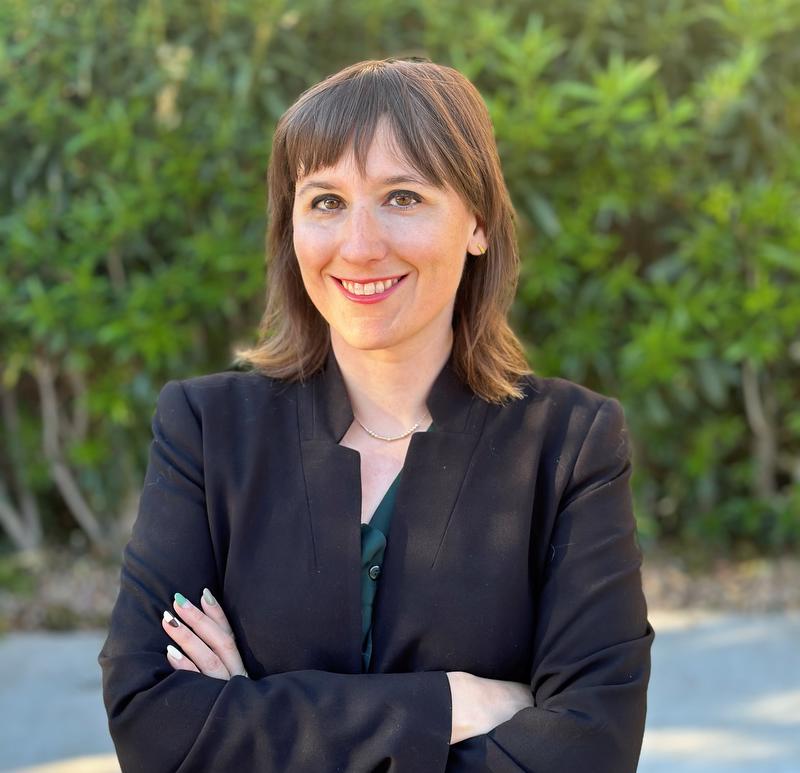 News
News
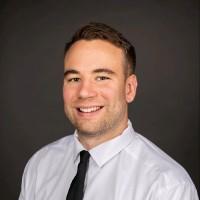 TL1 Trainee · News
TL1 Trainee · News
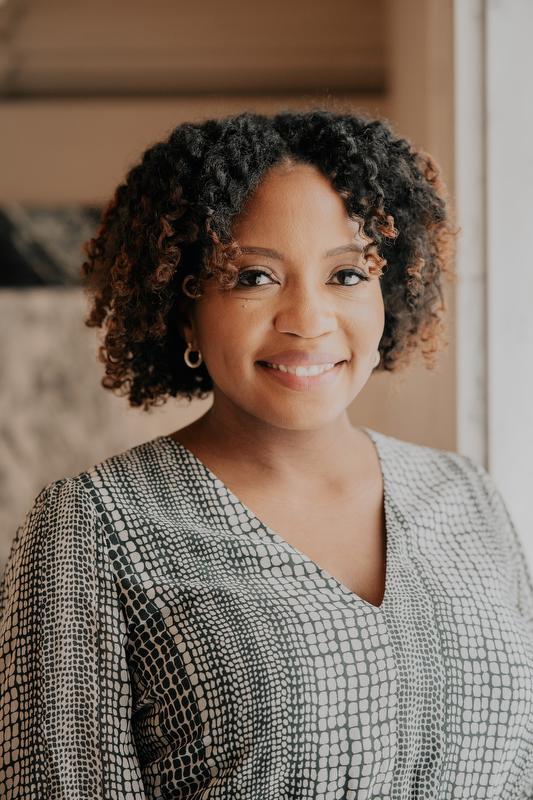 KL2 Scholar · News
KL2 Scholar · News
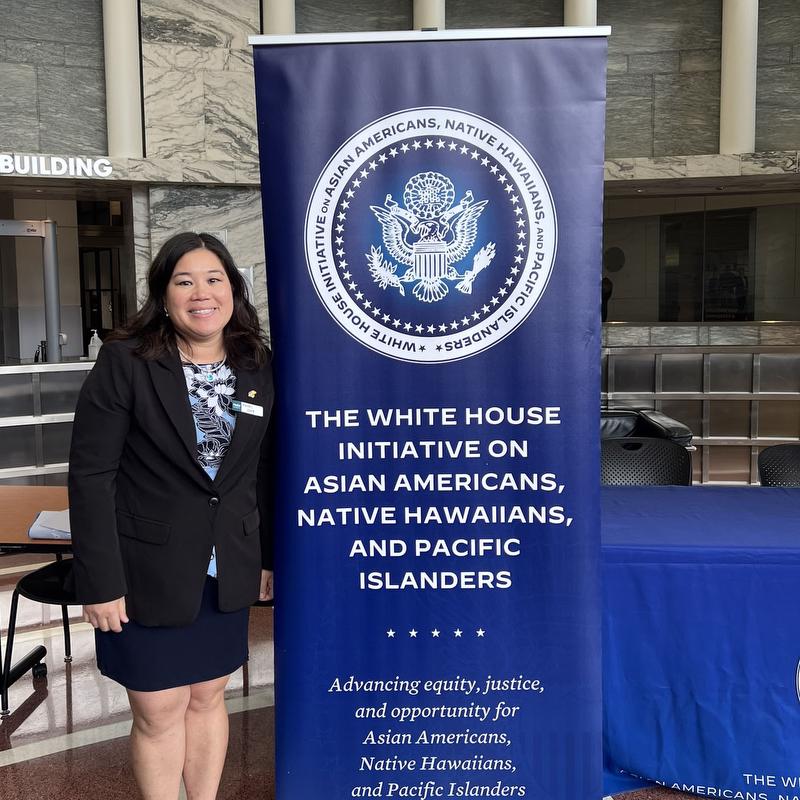 News
News
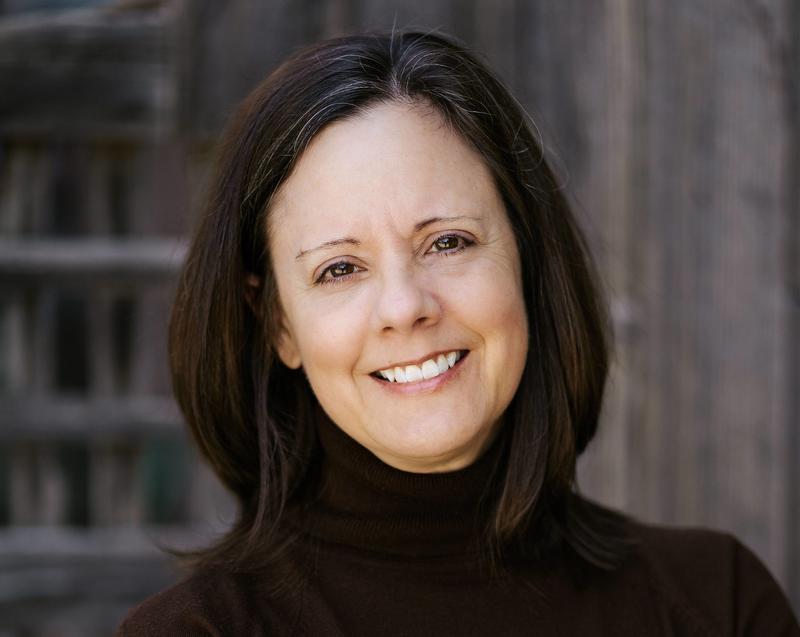 KL2 Scholar · News
KL2 Scholar · News
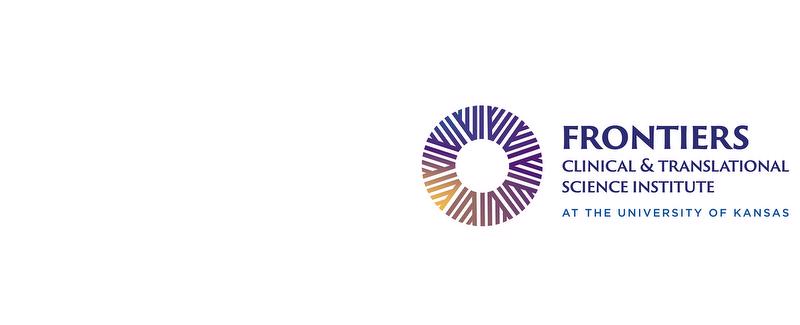 Funded Projects · News
Funded Projects · News
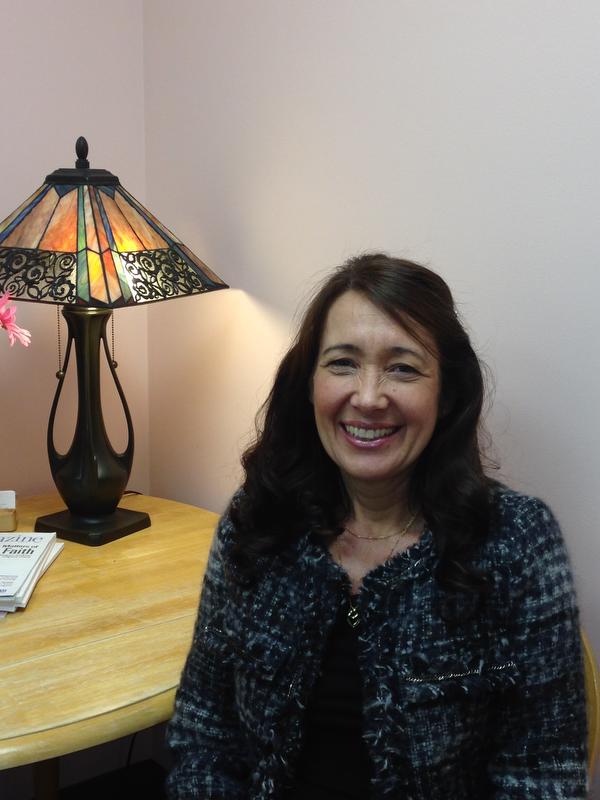 News
News
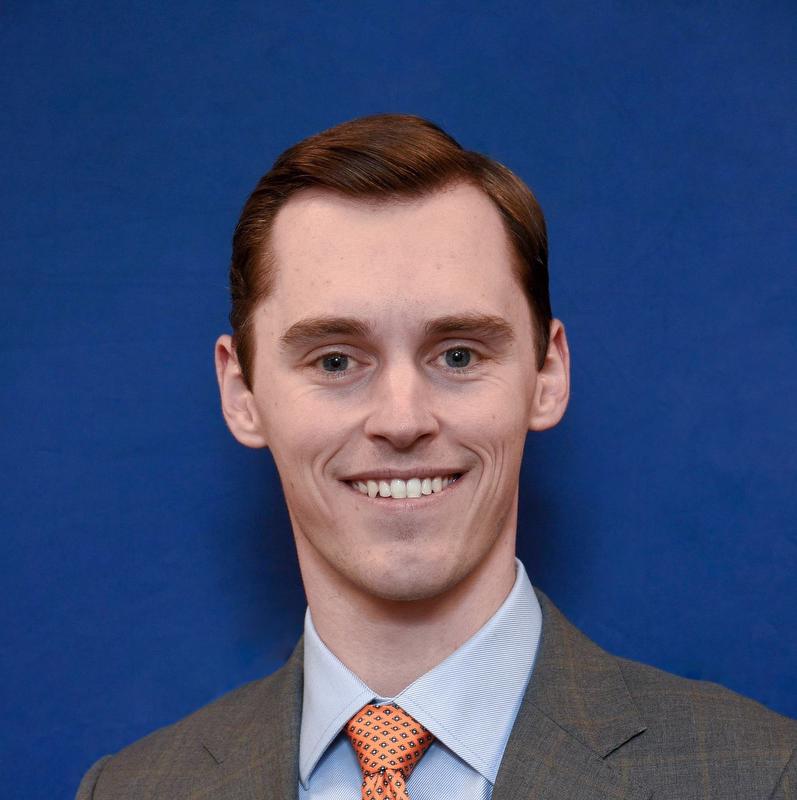 TL1 Trainee · News
TL1 Trainee · News
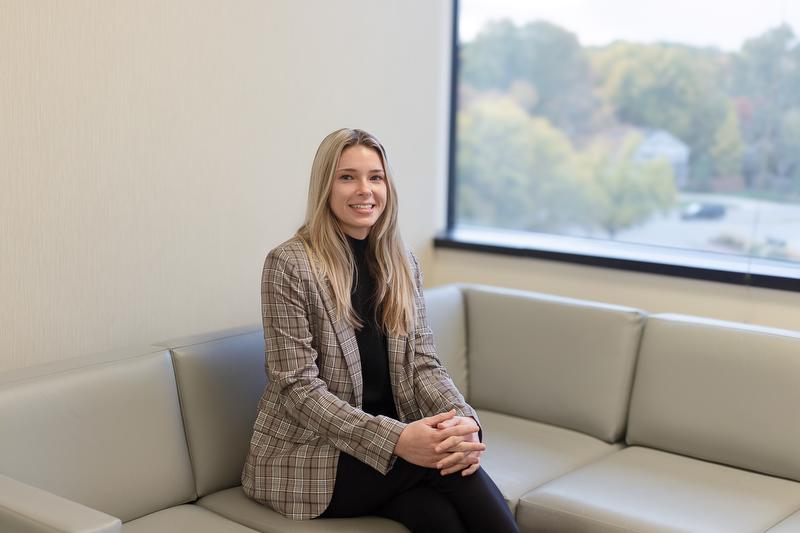
 TL1 Trainee · News
TL1 Trainee · News
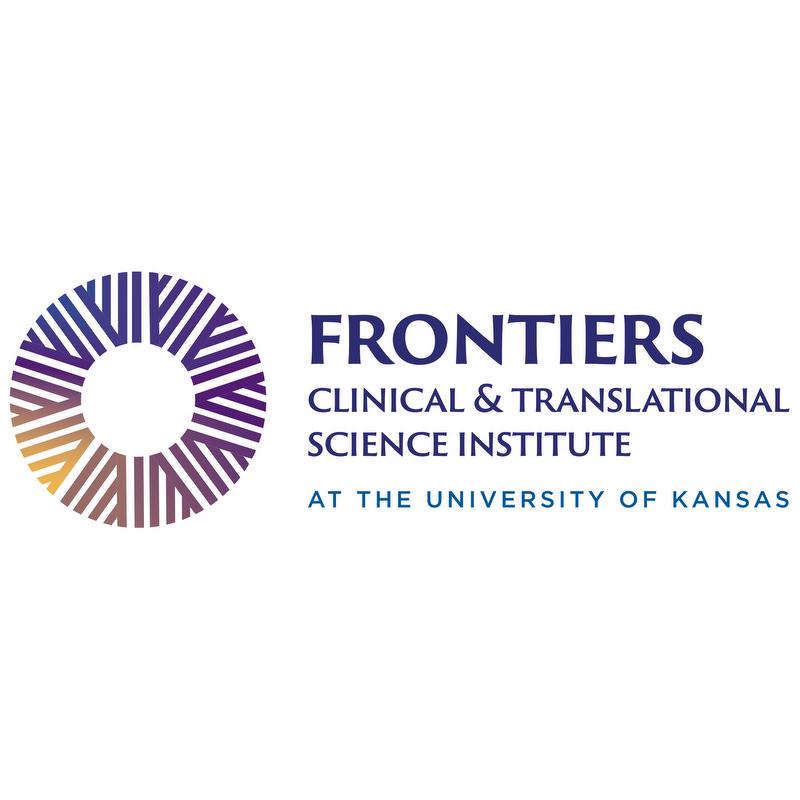 Services · News
Services · News
 News
News
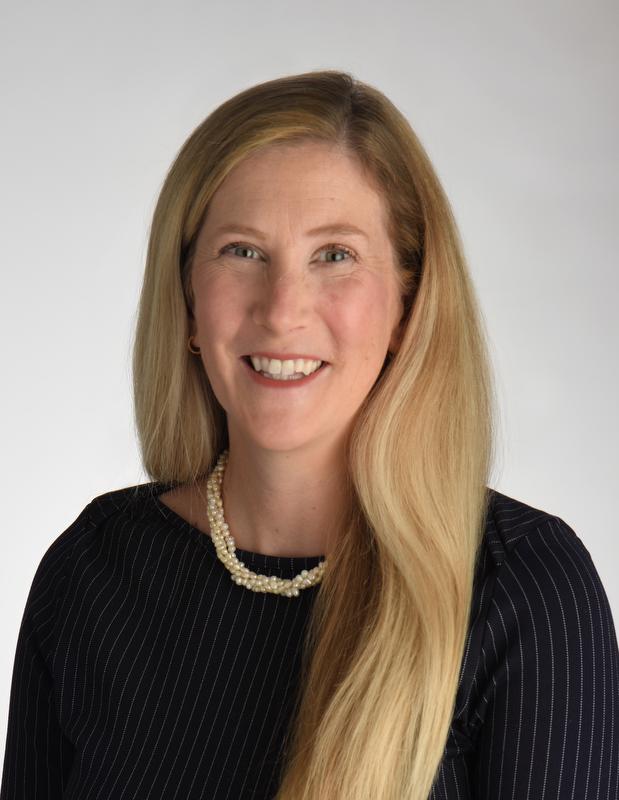 Funded Projects · News
Funded Projects · News
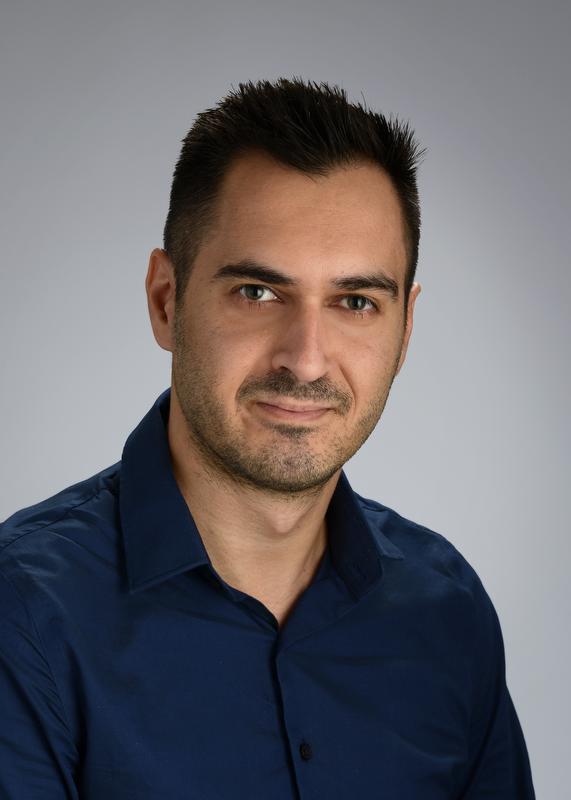 Funded Projects · News
Funded Projects · News
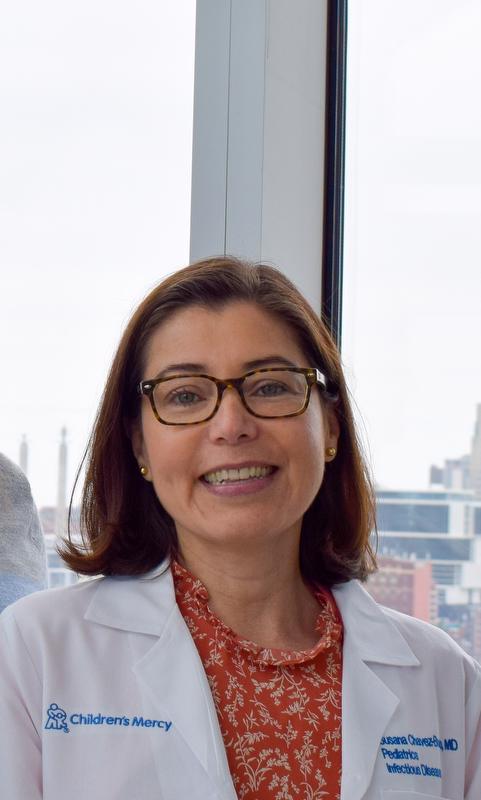 Funded Projects · News
Funded Projects · News
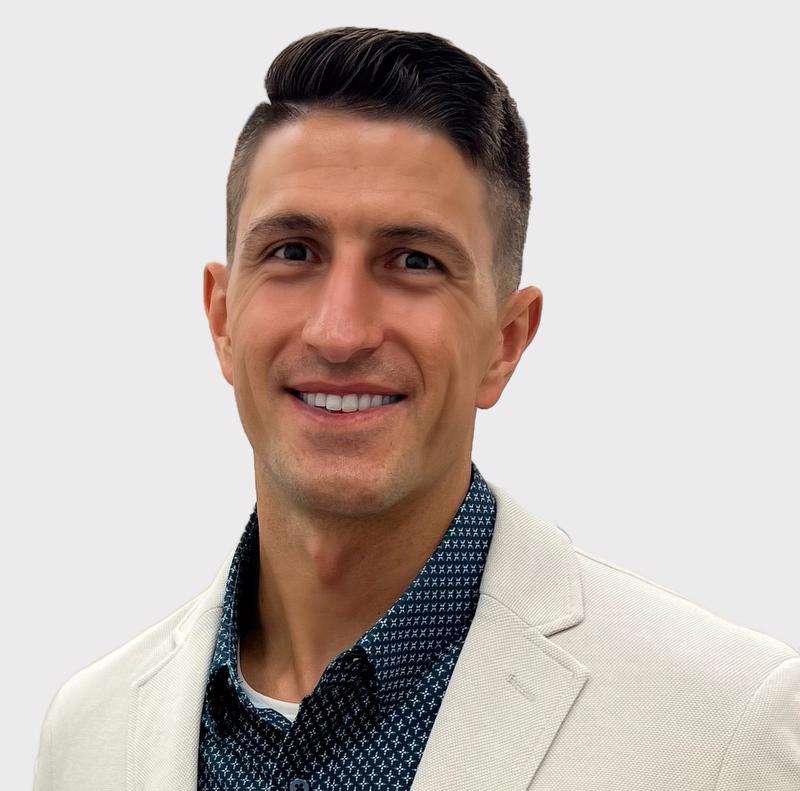 TL1 Trainee · News
TL1 Trainee · News
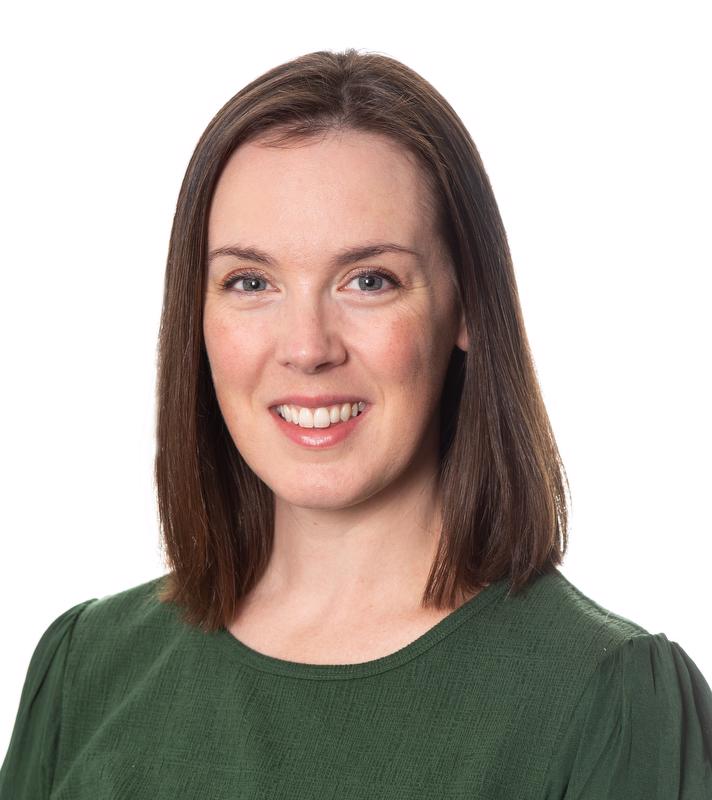 KL2 Scholar · News
KL2 Scholar · News
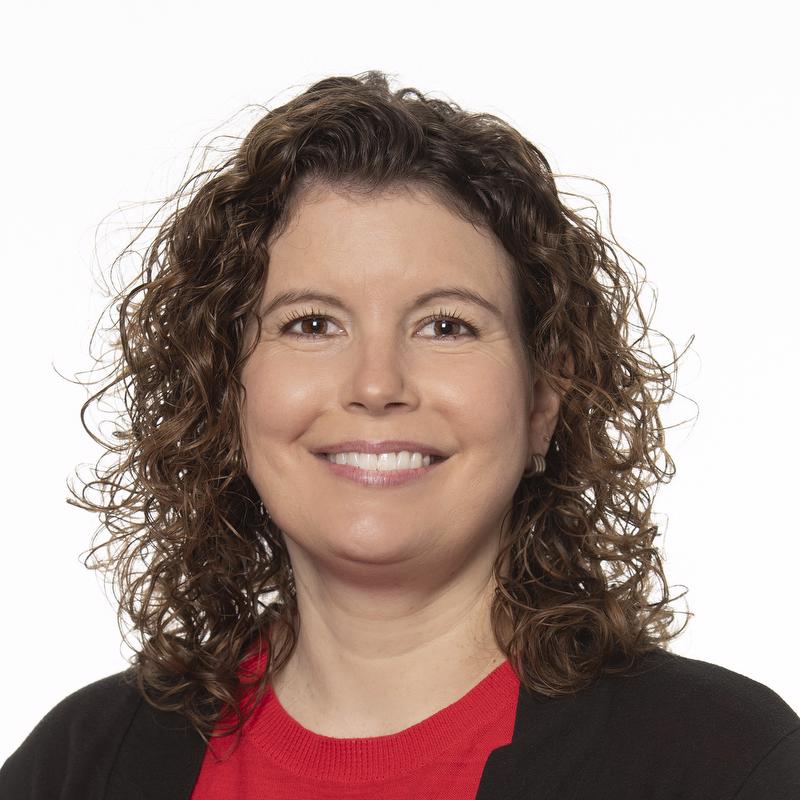 Funded Projects · News
Funded Projects · News
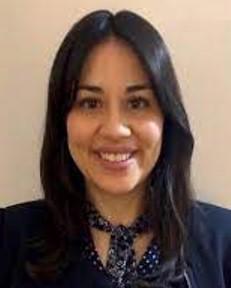 News
News
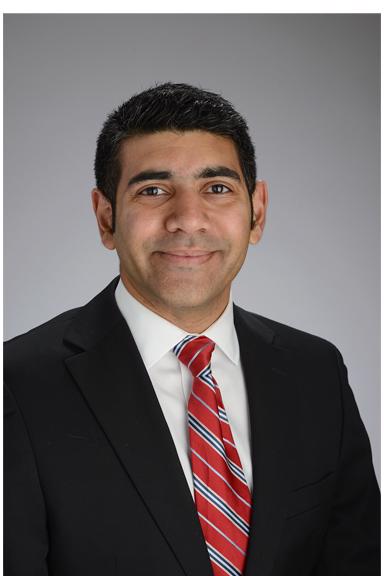 News
News
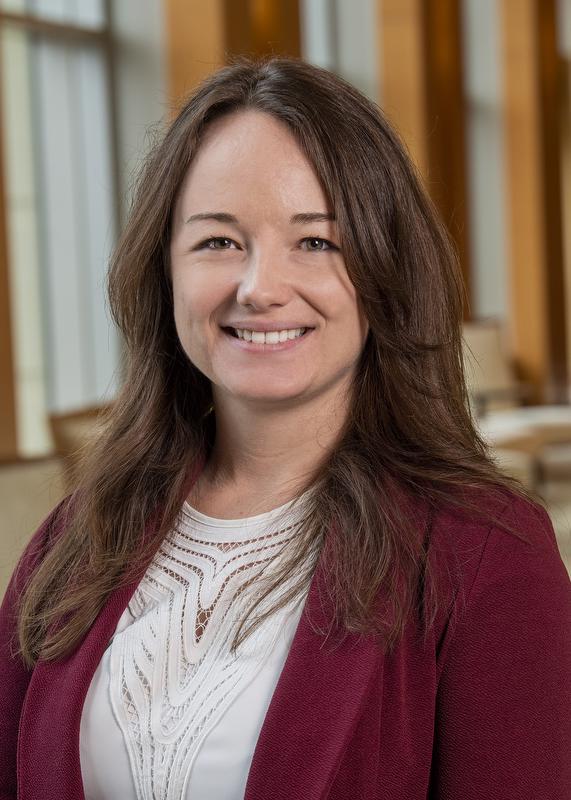 News
News
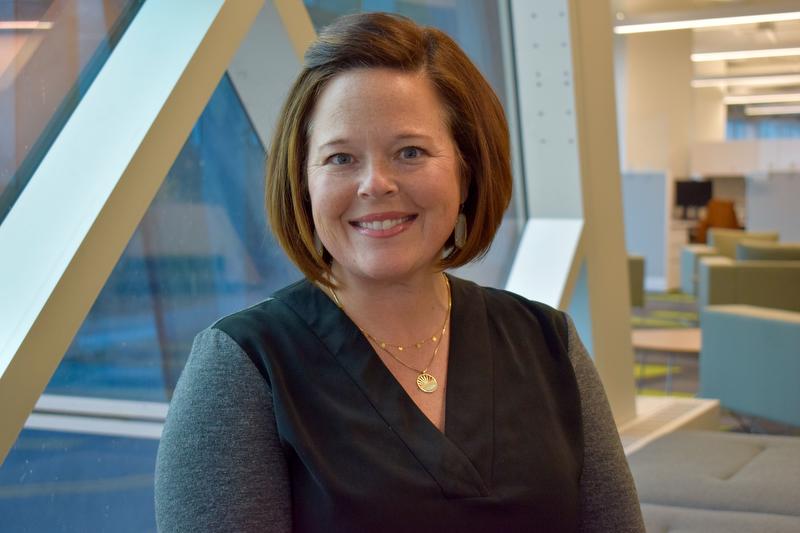 News
News
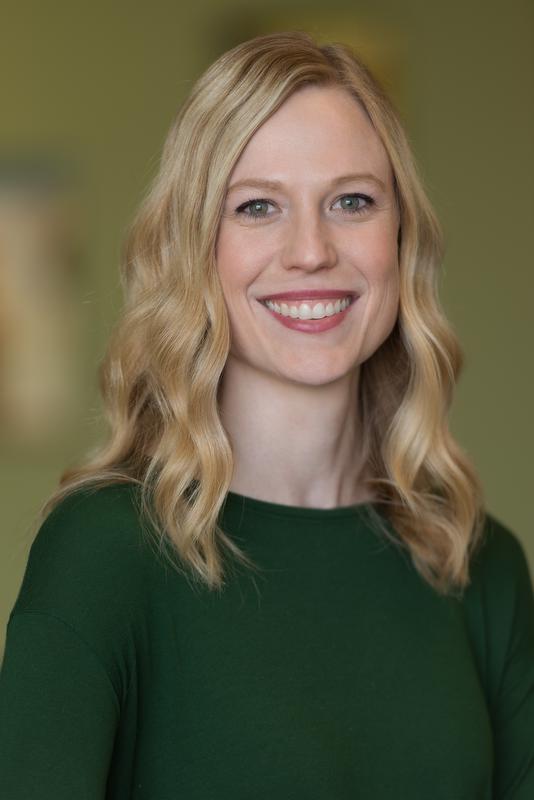 News
News
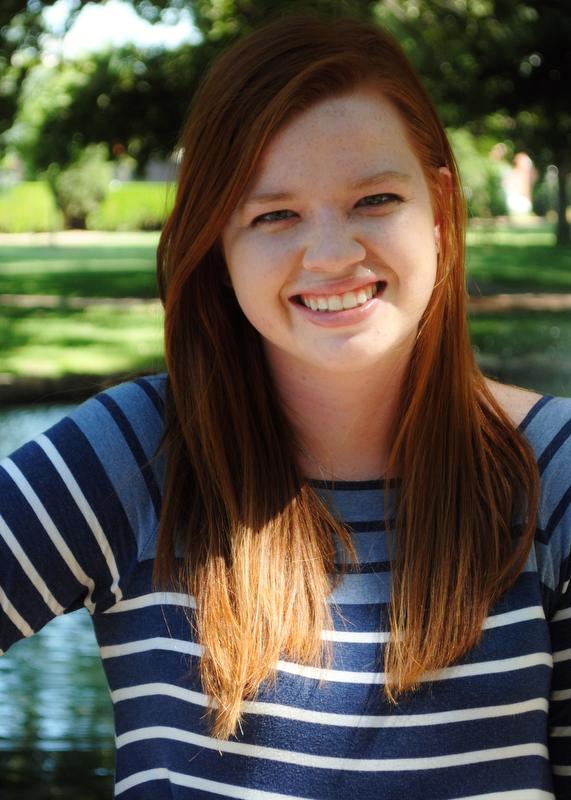 News
News
 News
News
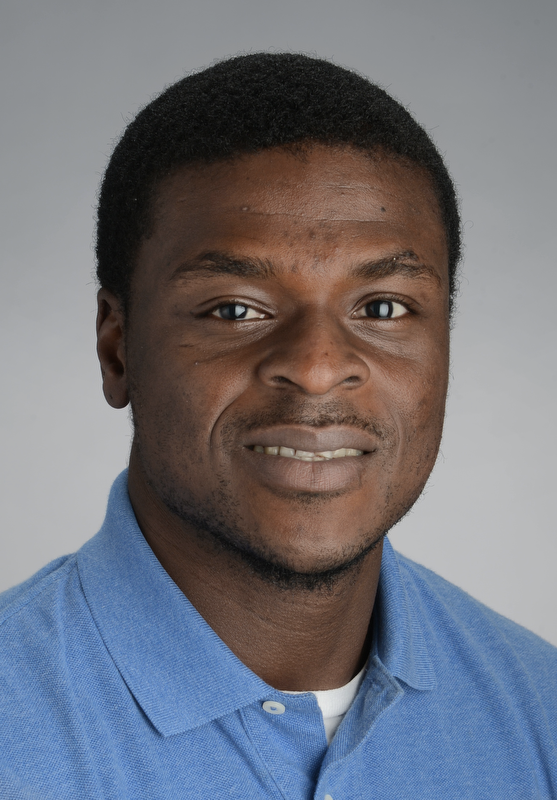 News
News
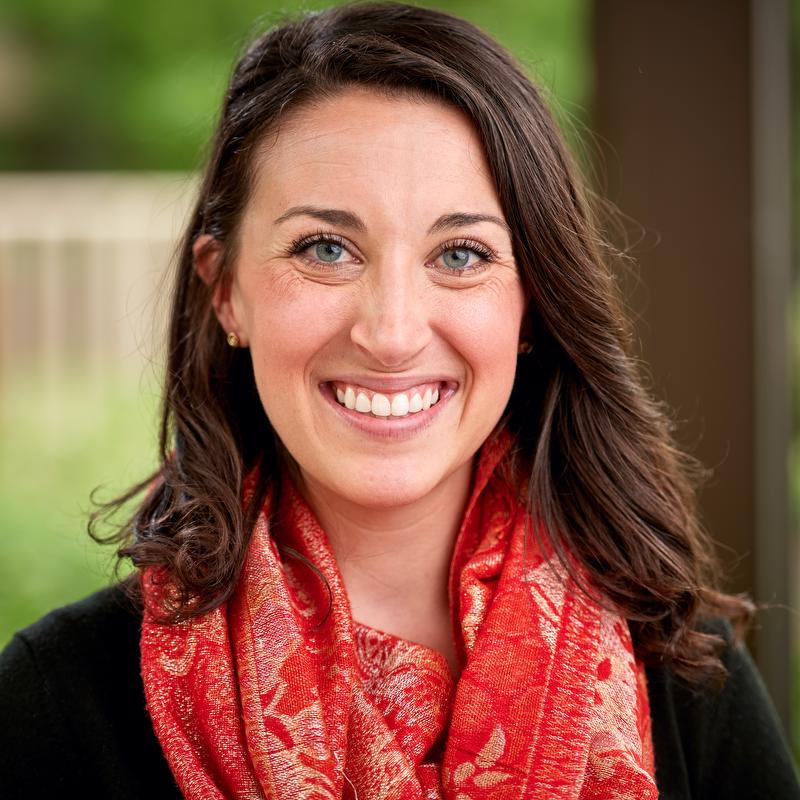 News
News
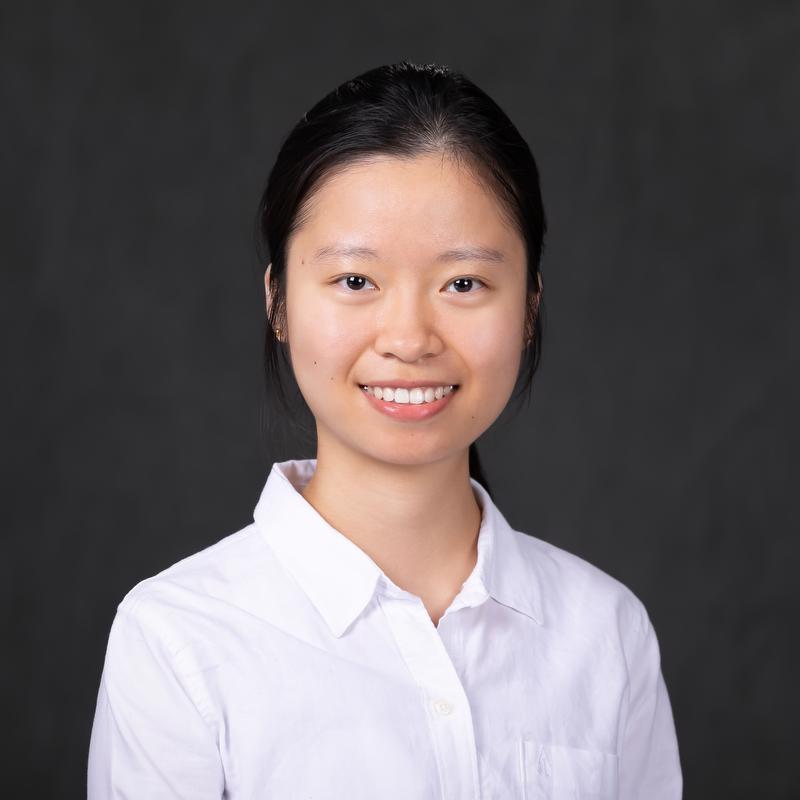 News
News
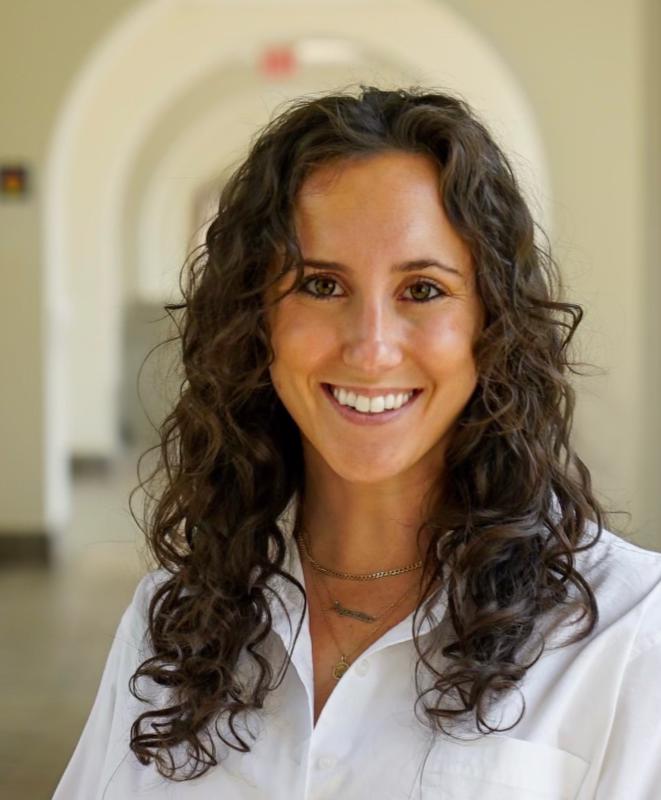 News
News
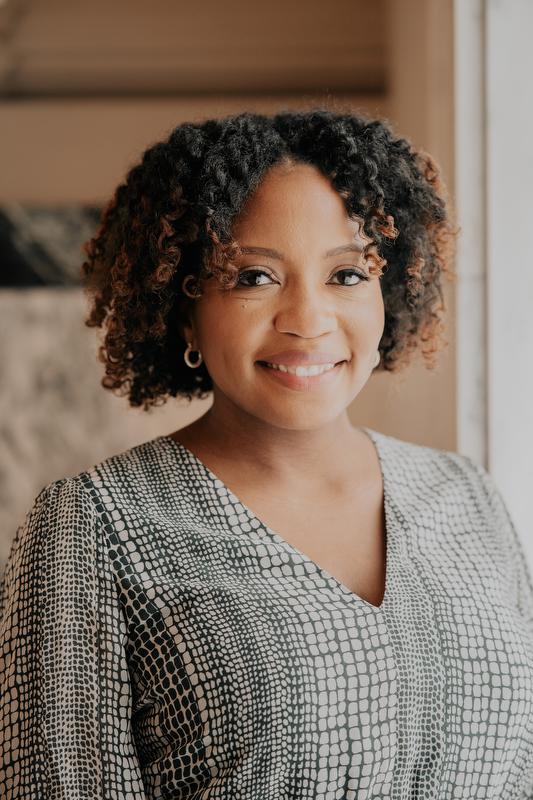 News
News
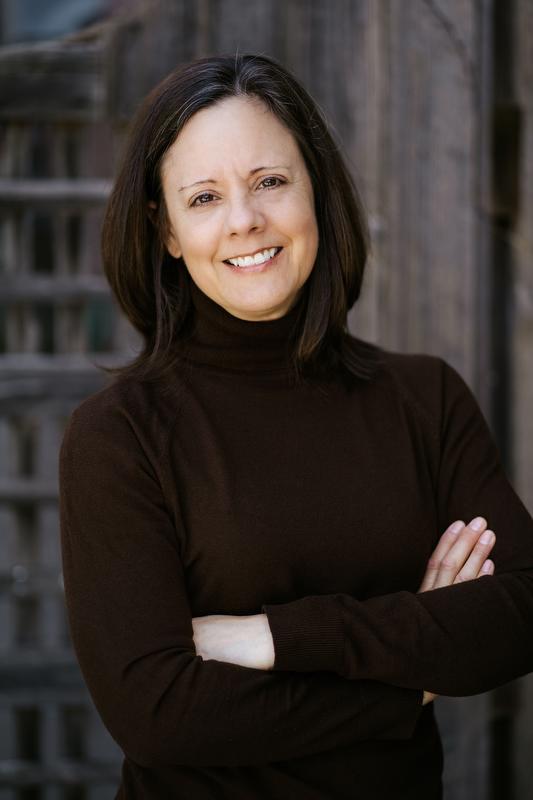 News
News
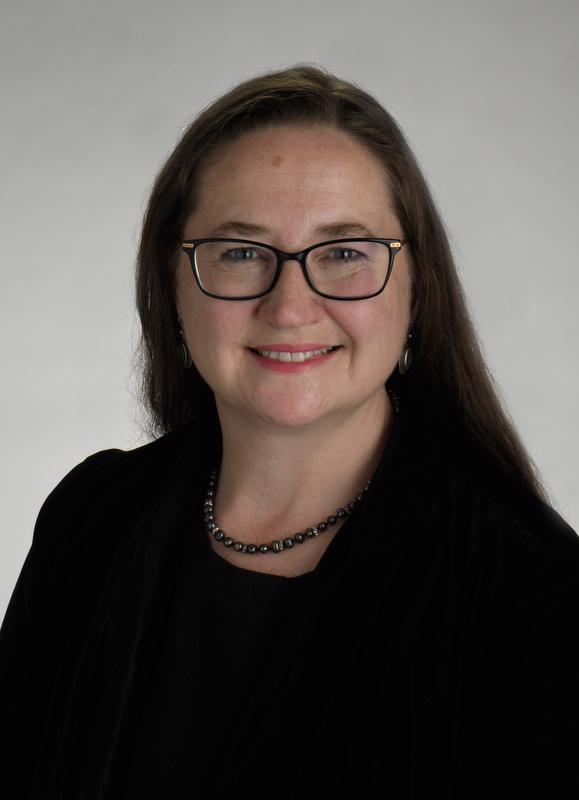 News
News
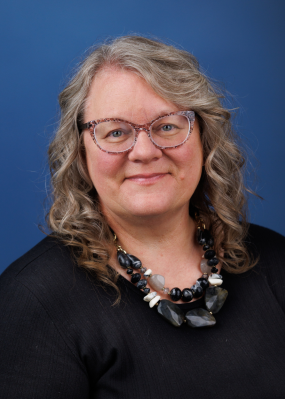 Funded Projects · News
Funded Projects · News
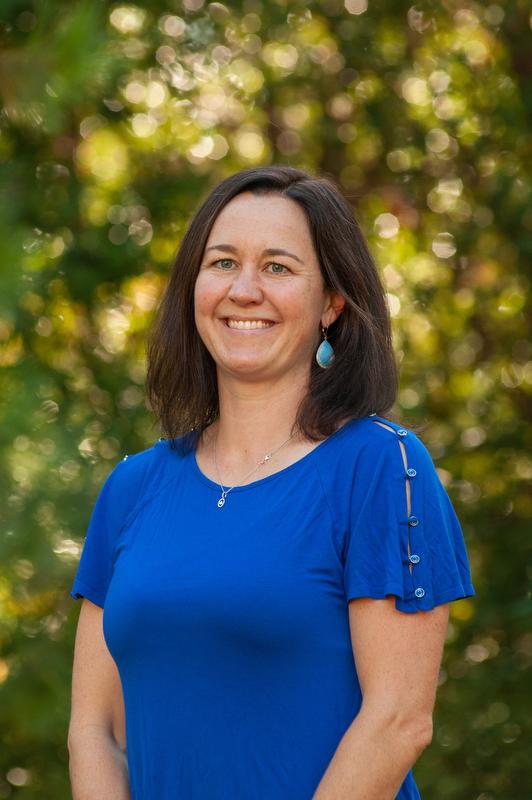 Funded Projects · News
Funded Projects · News
 KL2 Scholar · News
KL2 Scholar · News
 News
News
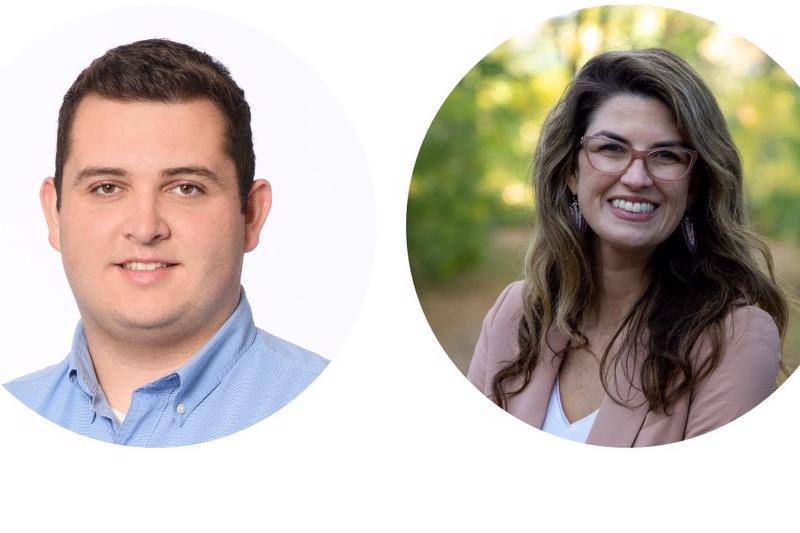 News
News
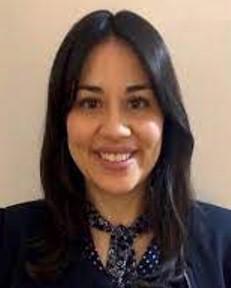 KL2 Scholar · News
KL2 Scholar · News
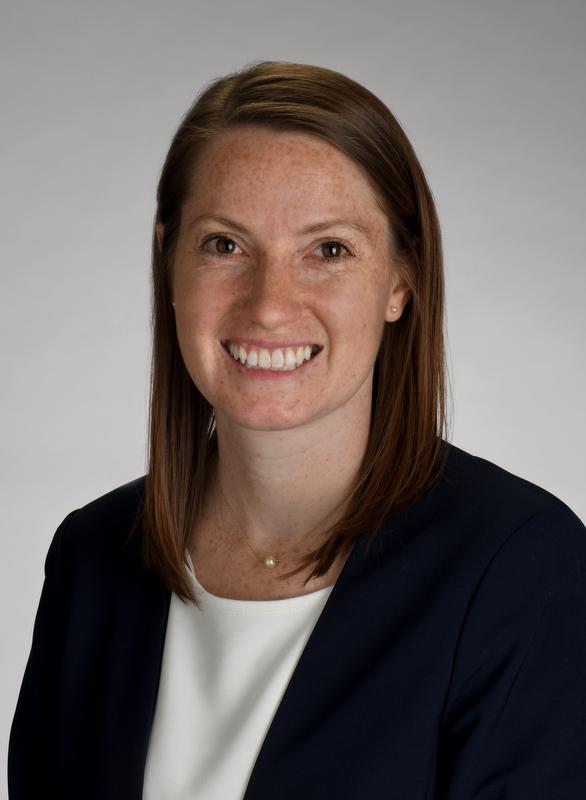 KL2 Scholar
KL2 Scholar
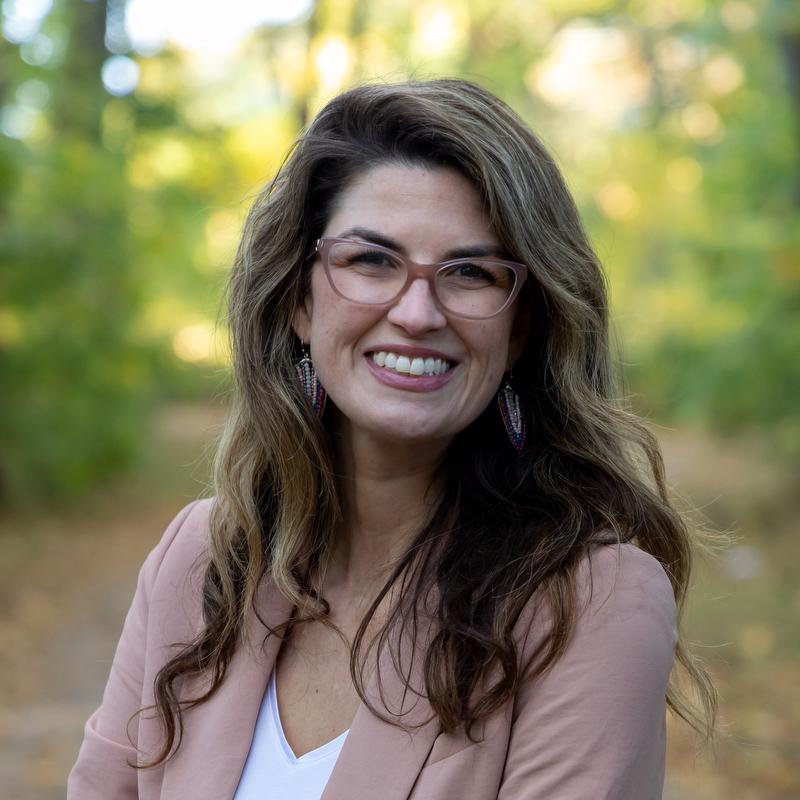 News
News
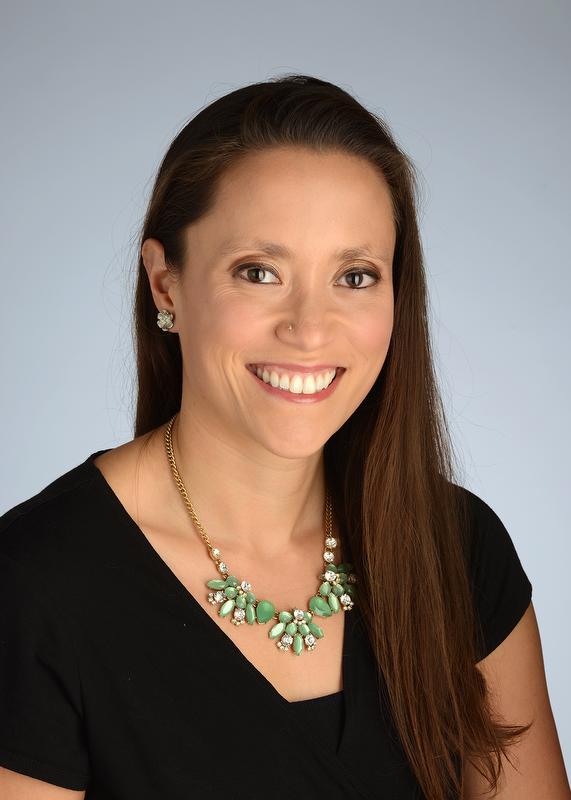 News
News
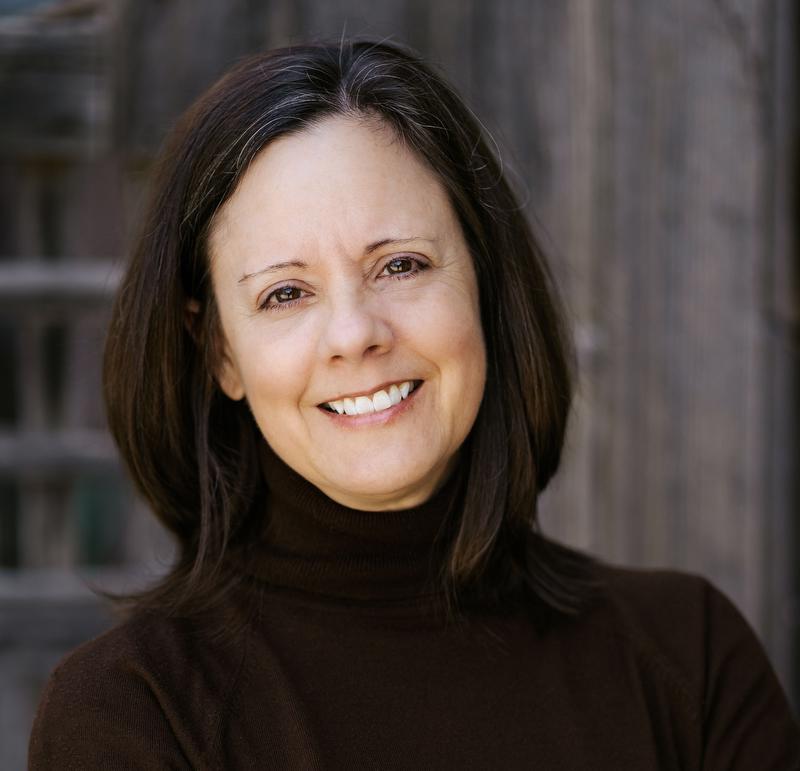 KL2 Scholar · News
KL2 Scholar · News
 News
News
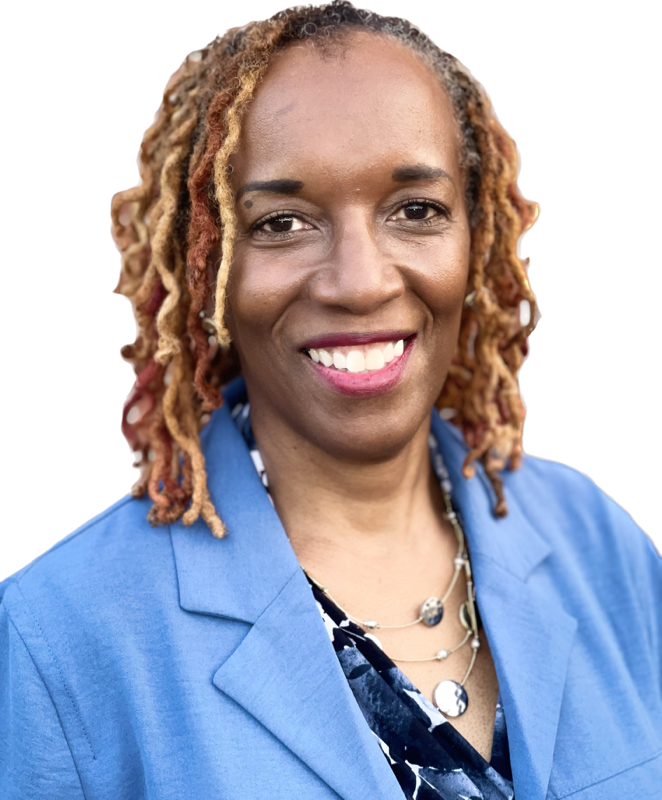 News · In the Community · Funded Projects
News · In the Community · Funded Projects
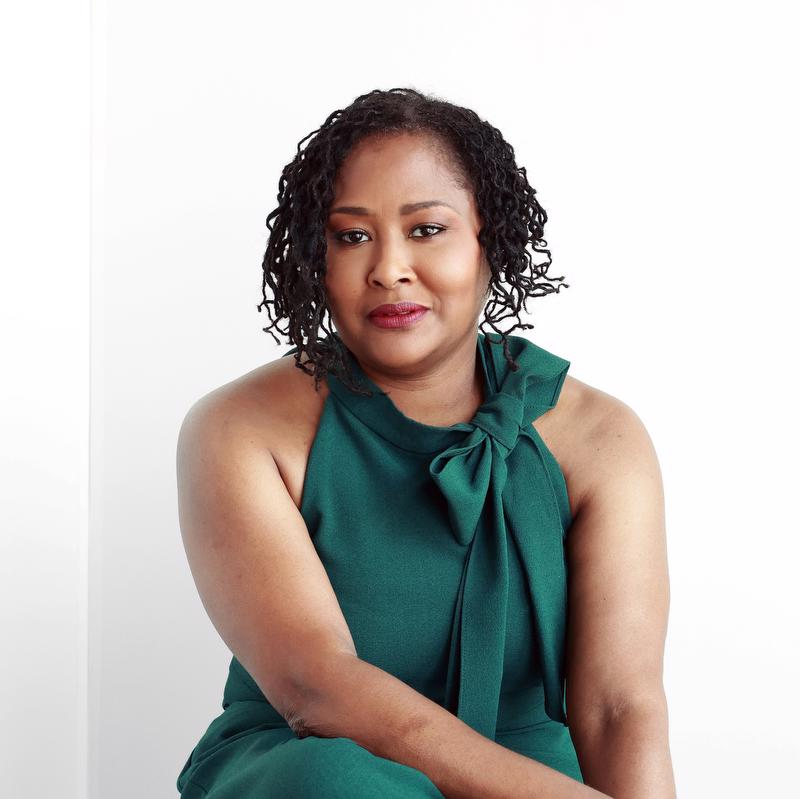 Funded Projects · News
Funded Projects · News
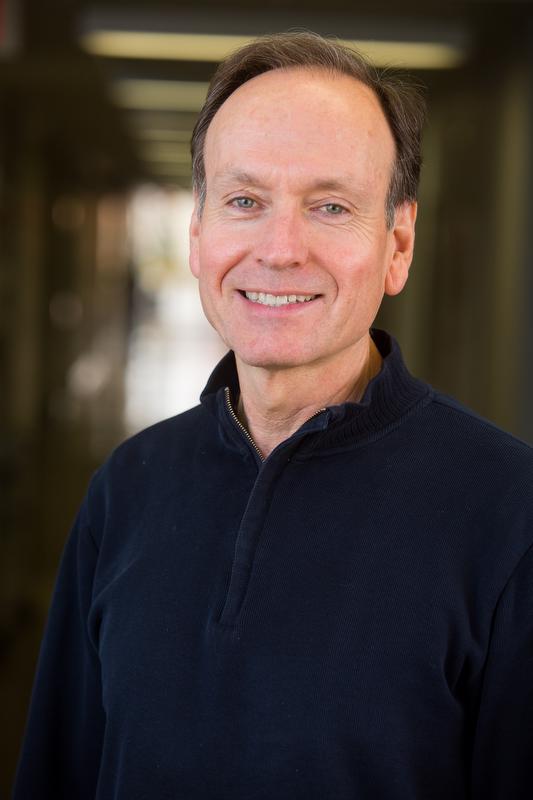 Funded Projects · News
Funded Projects · News
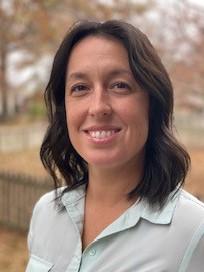 Funded Projects · News
Funded Projects · News
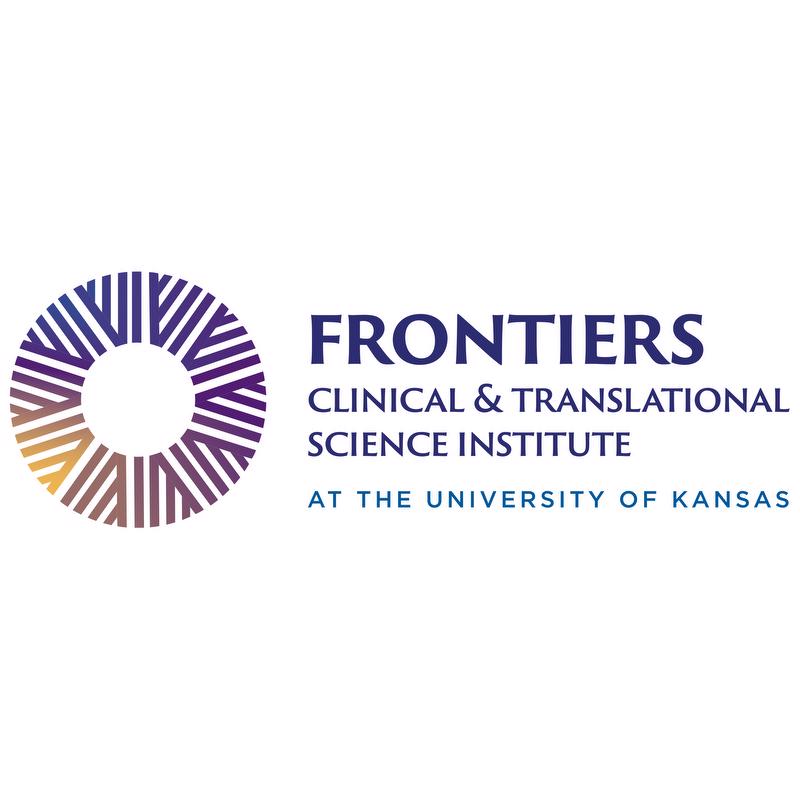 Funded Projects · News
Funded Projects · News
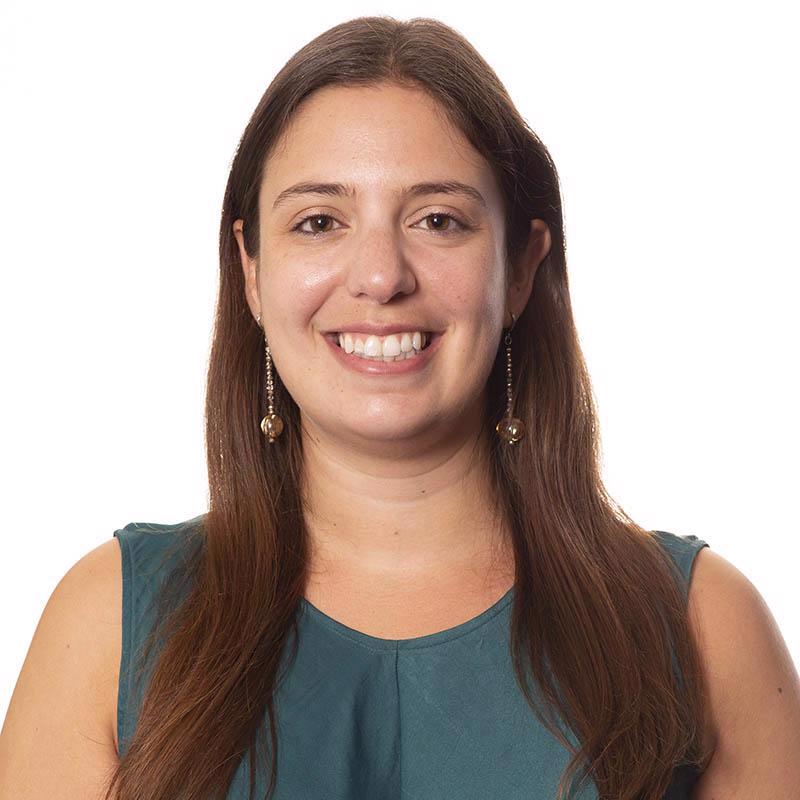 News
News
 Funded Projects · News
Funded Projects · News

 TL1 Trainee · News
TL1 Trainee · News
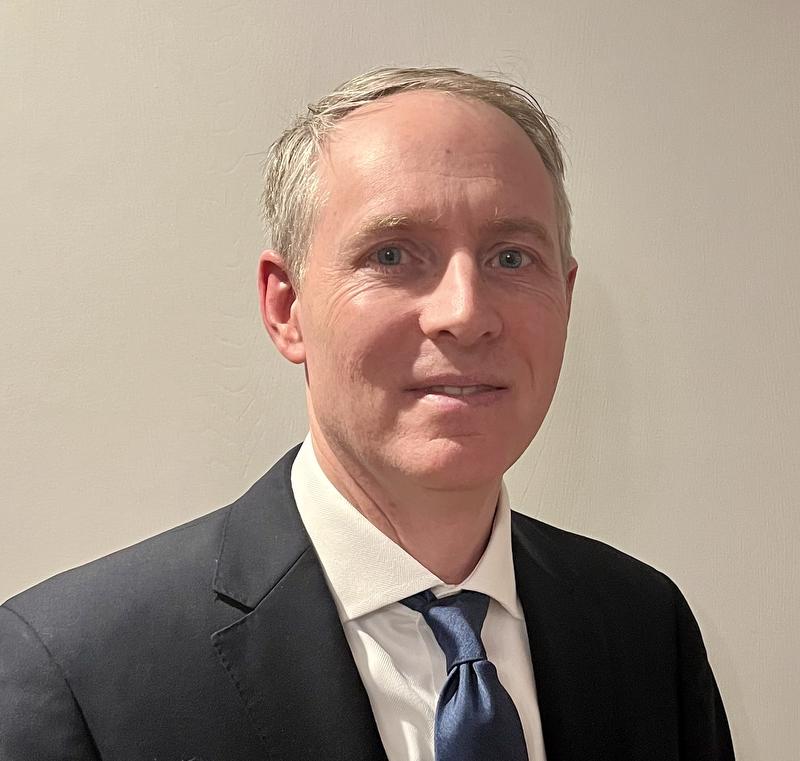 Funded Projects · News
Funded Projects · News
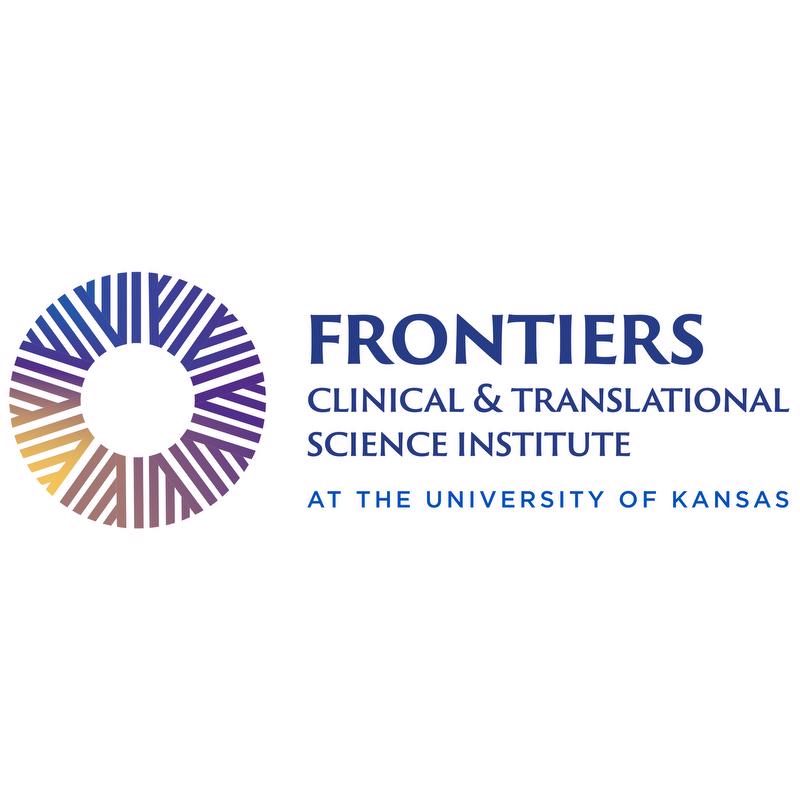 Events · News
Events · News
 Funded Projects · News
Funded Projects · News
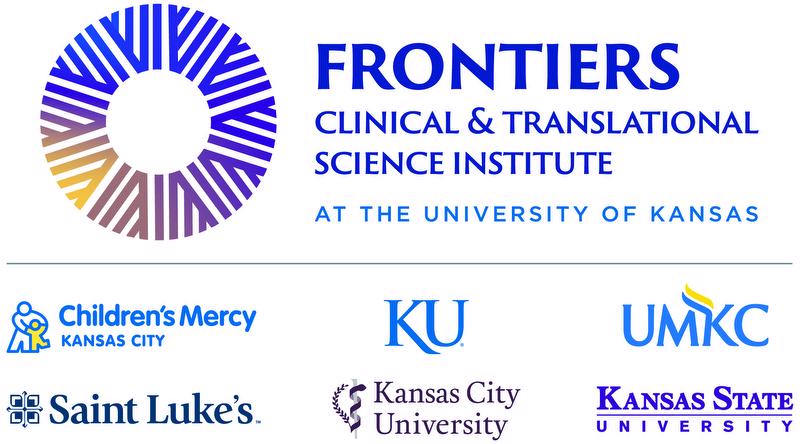
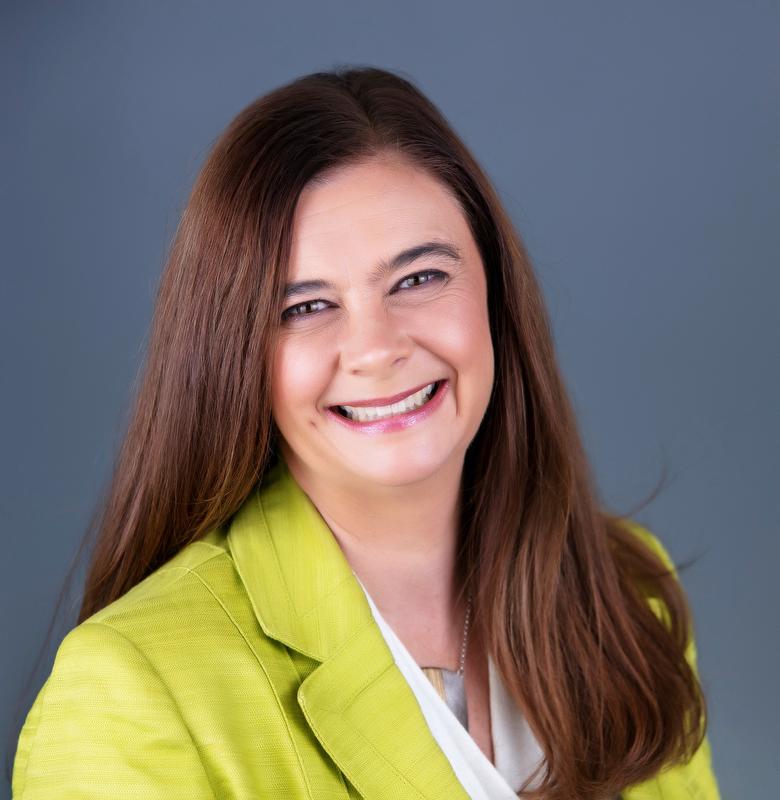 Funded Projects · News
Funded Projects · News
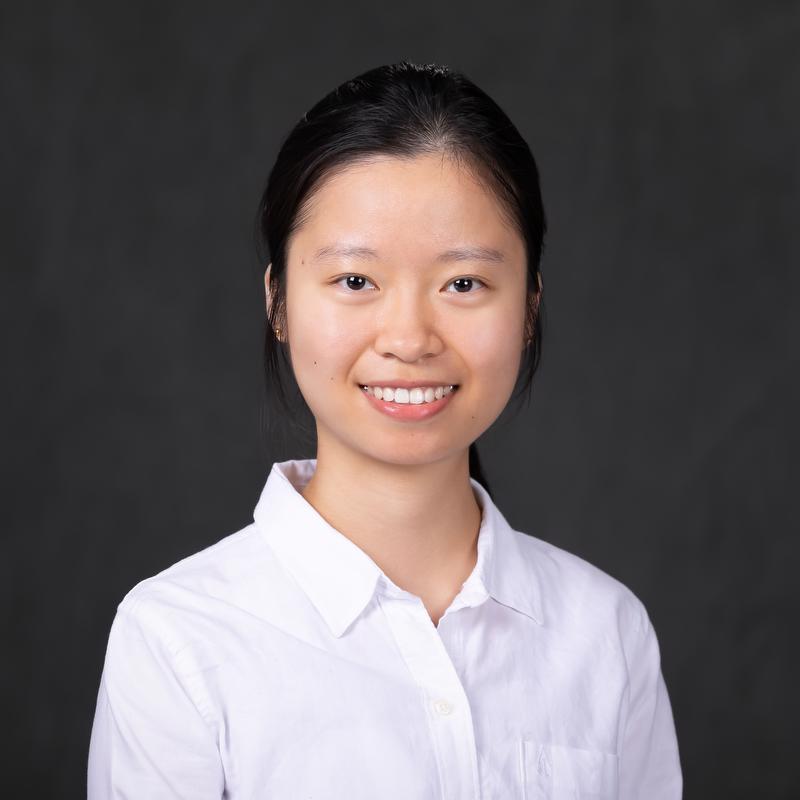 TL1 Trainee · News
TL1 Trainee · News
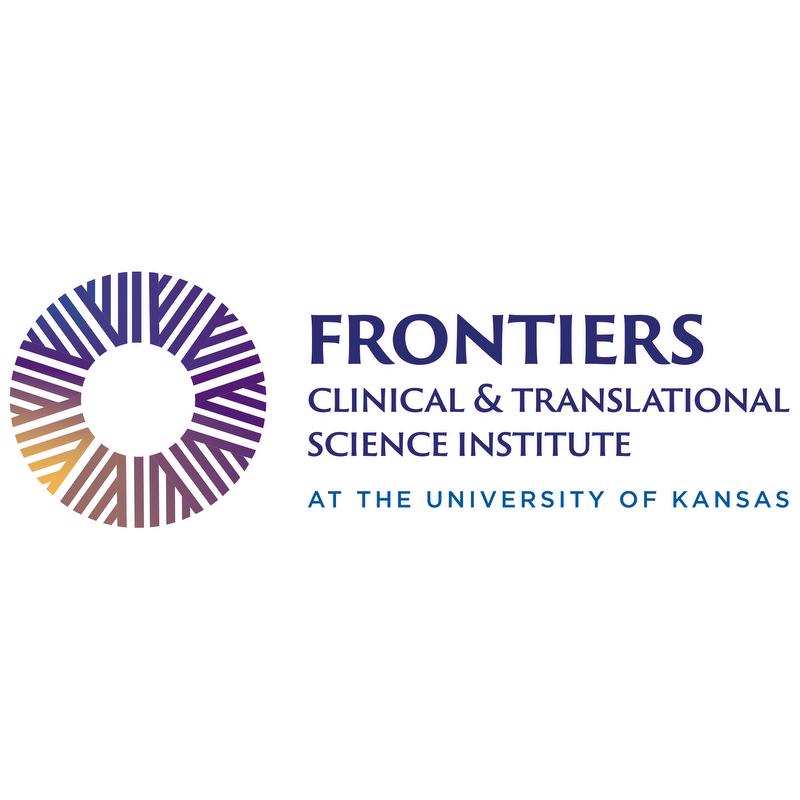 News · In the Community · Funded Projects
News · In the Community · Funded Projects
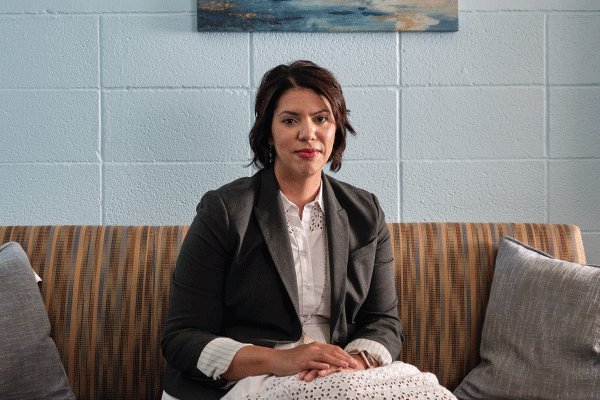 Funded Projects · News
Funded Projects · News
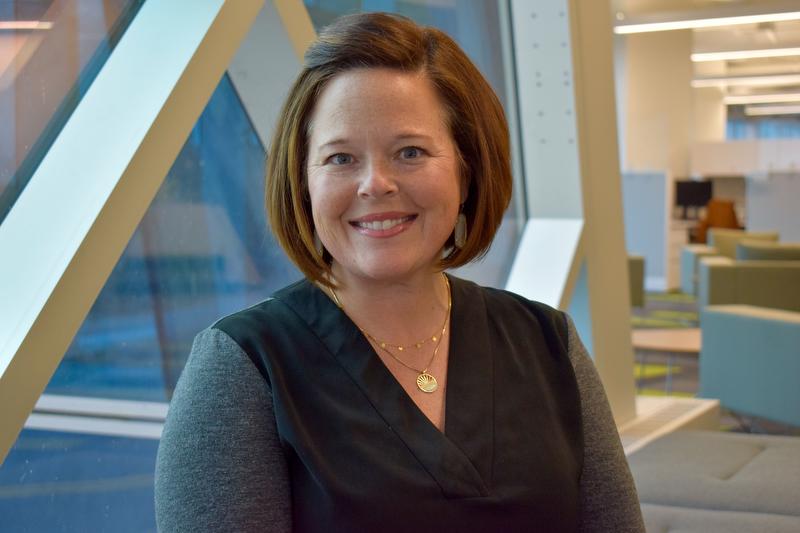 KL2 Scholar · News
KL2 Scholar · News
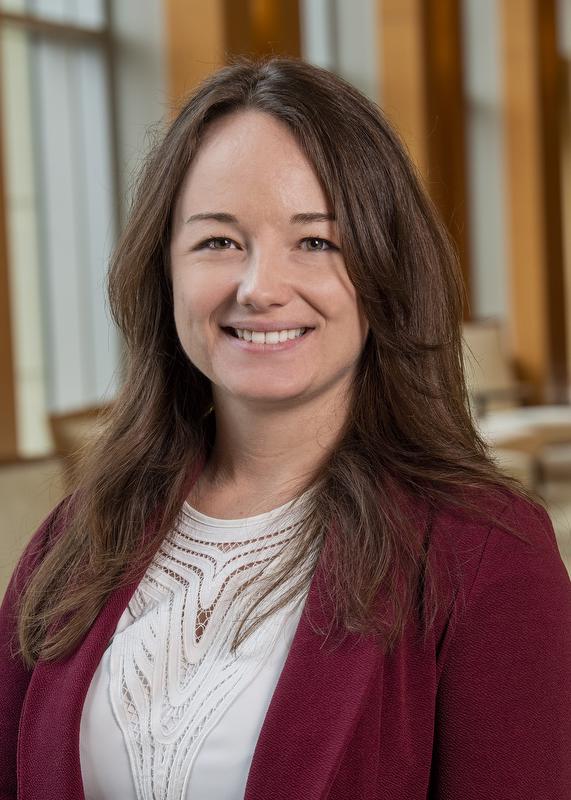 TL1 Trainee · News
TL1 Trainee · News
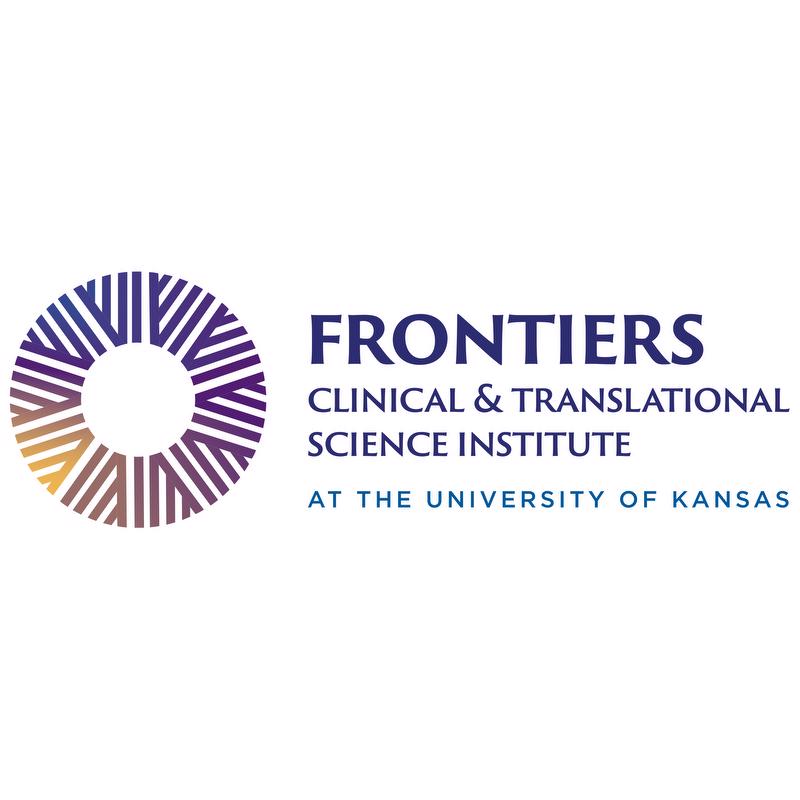 News
News
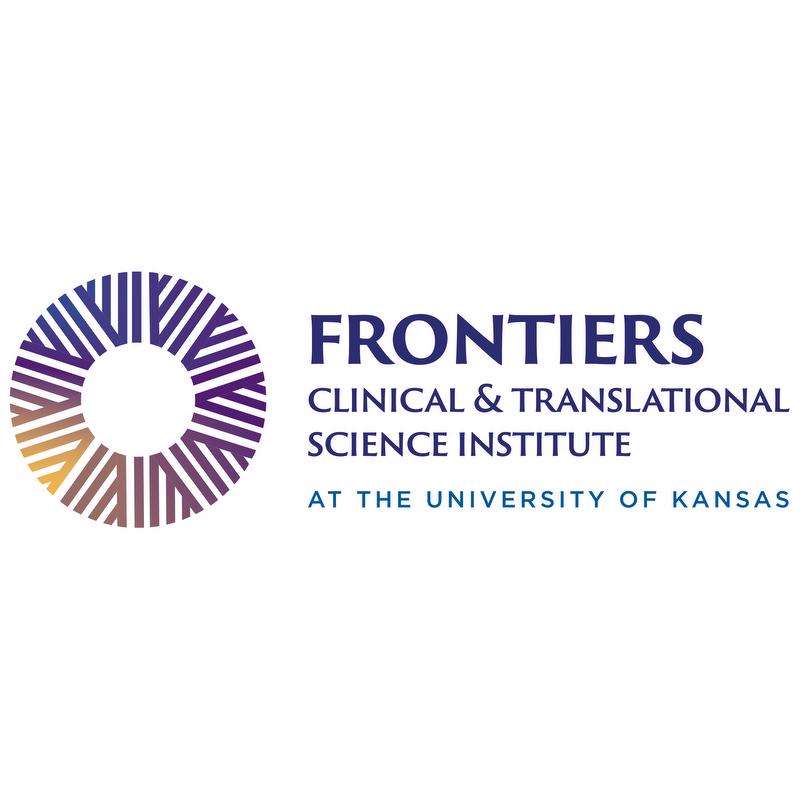 News
News
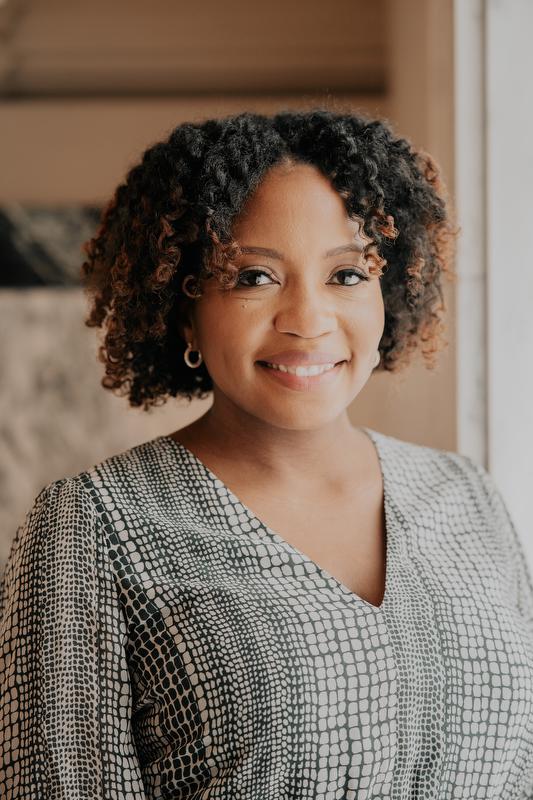 KL2 Scholar · News
KL2 Scholar · News
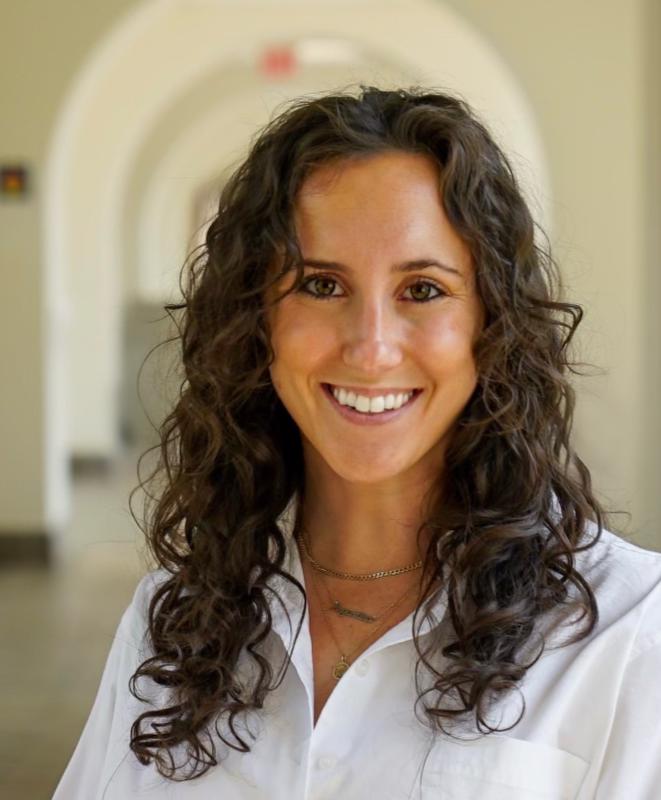 TL1 Trainee · News
TL1 Trainee · News
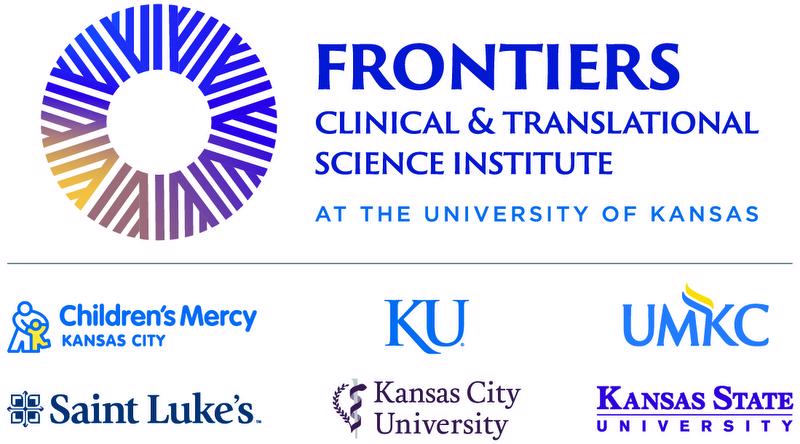 News
News
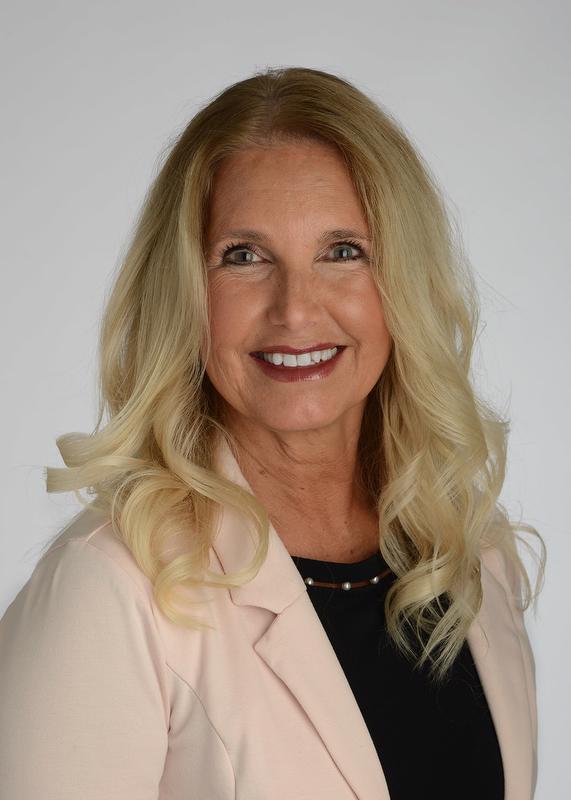 News
News
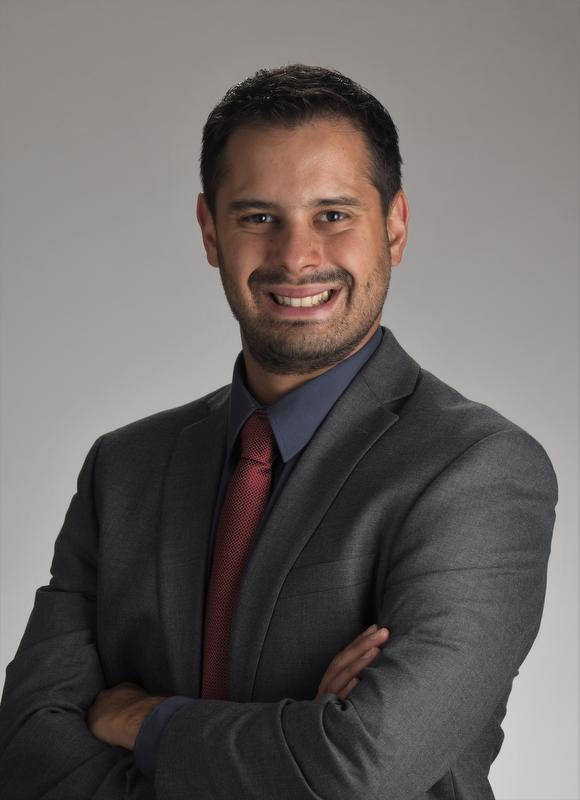 Funded Projects · News
Funded Projects · News
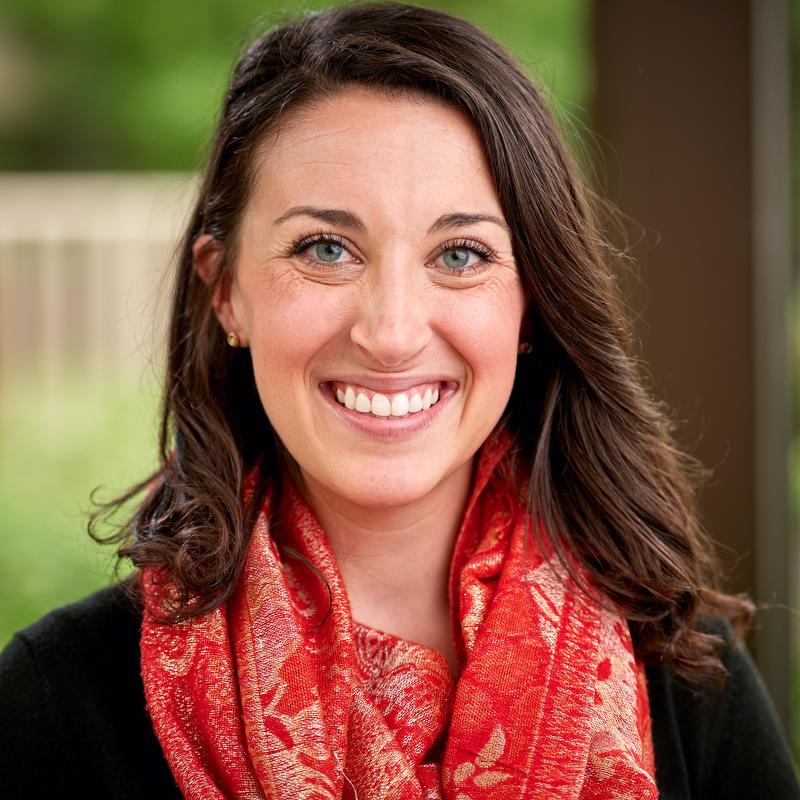 Events · News
Events · News
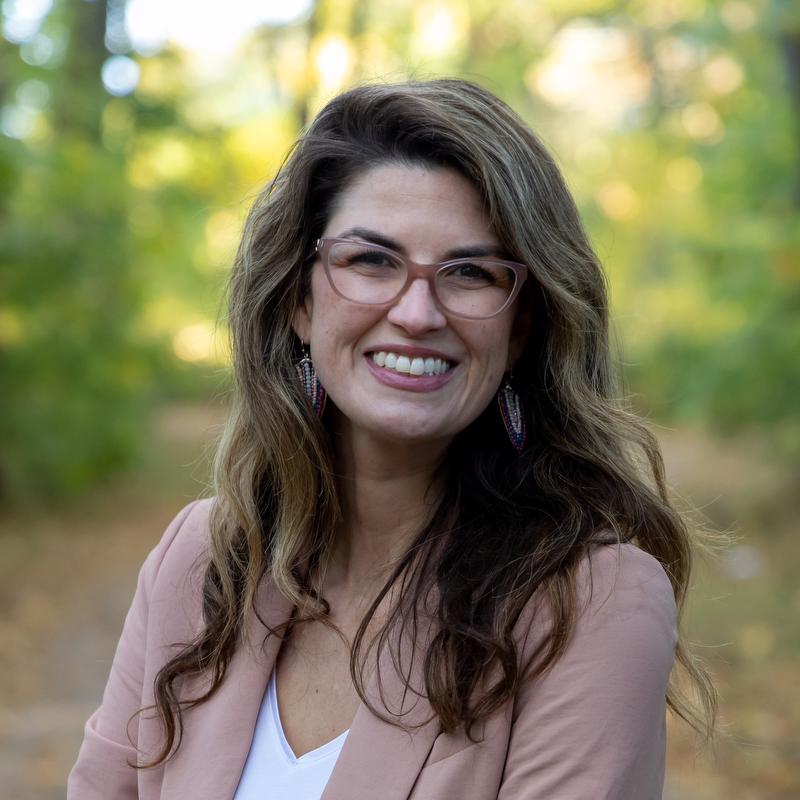
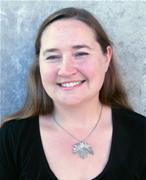 KL2 Scholar · News
KL2 Scholar · News
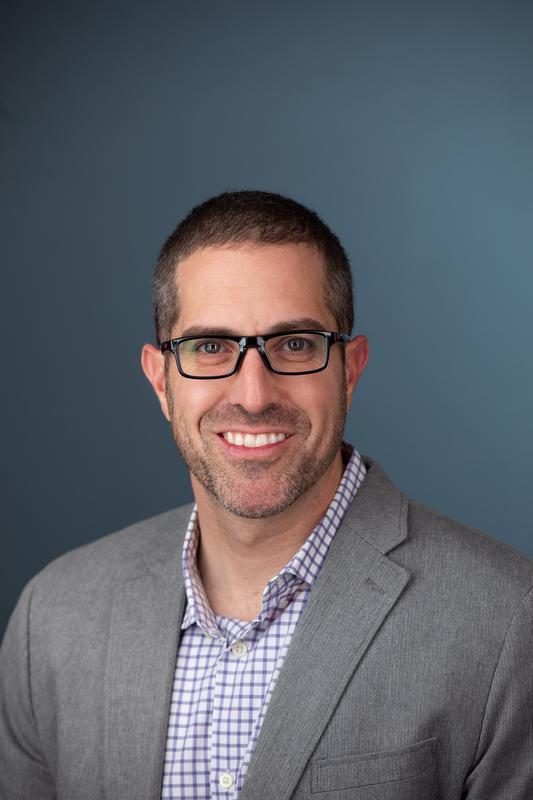 News
News

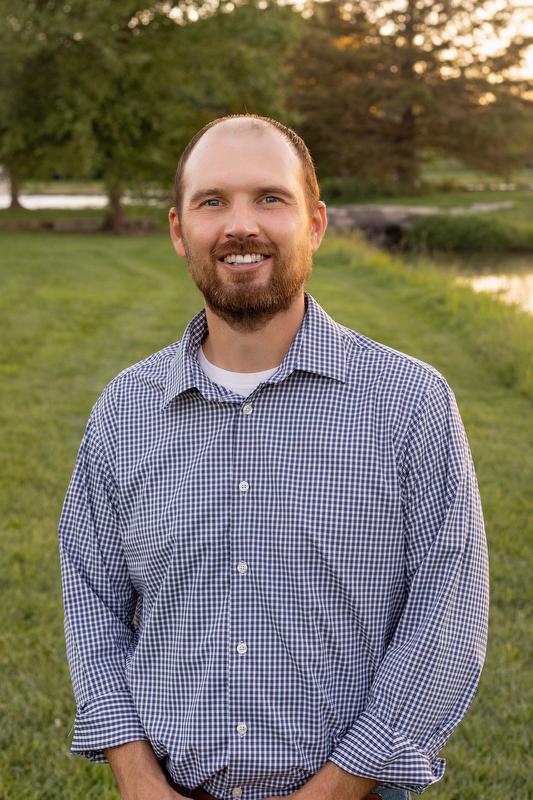 Funded Projects · News
Funded Projects · News
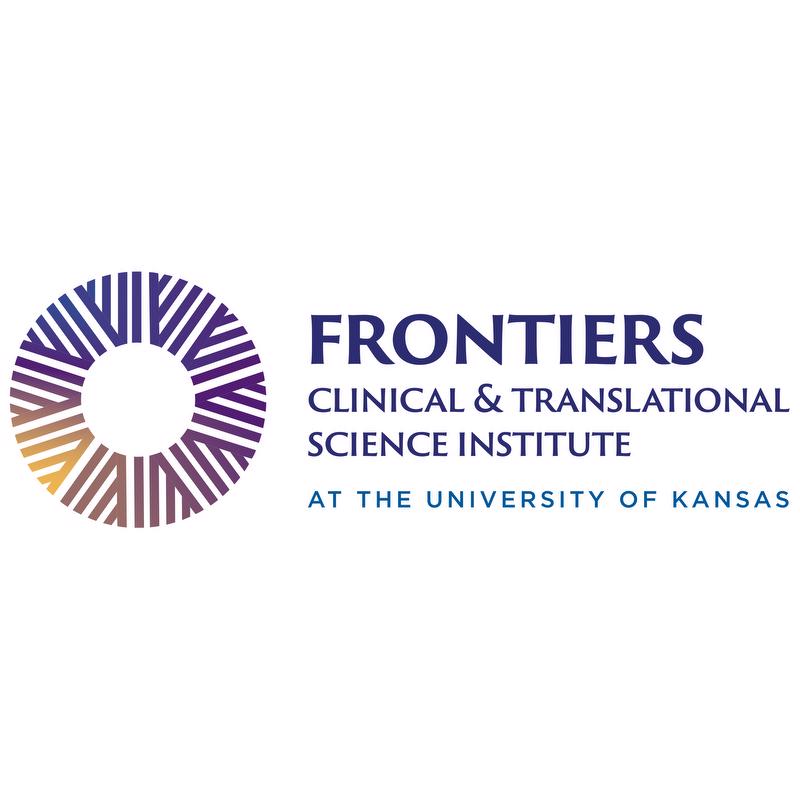 News
News
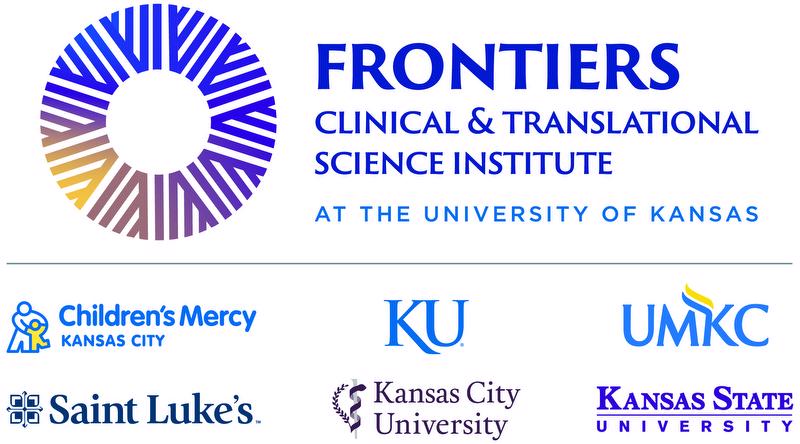 Partner News · News
Partner News · News
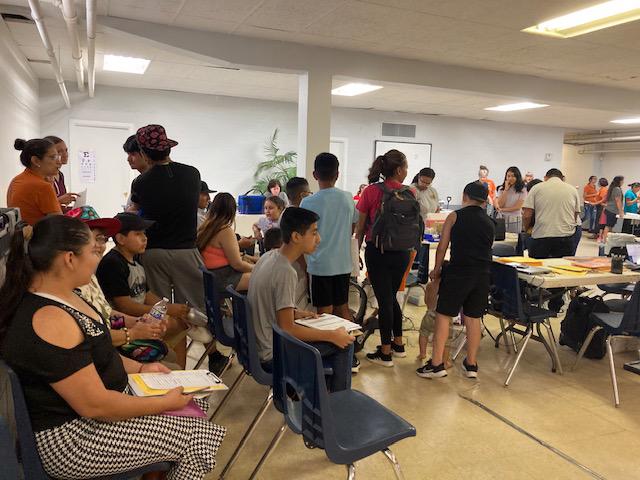 News · In the Community
News · In the Community
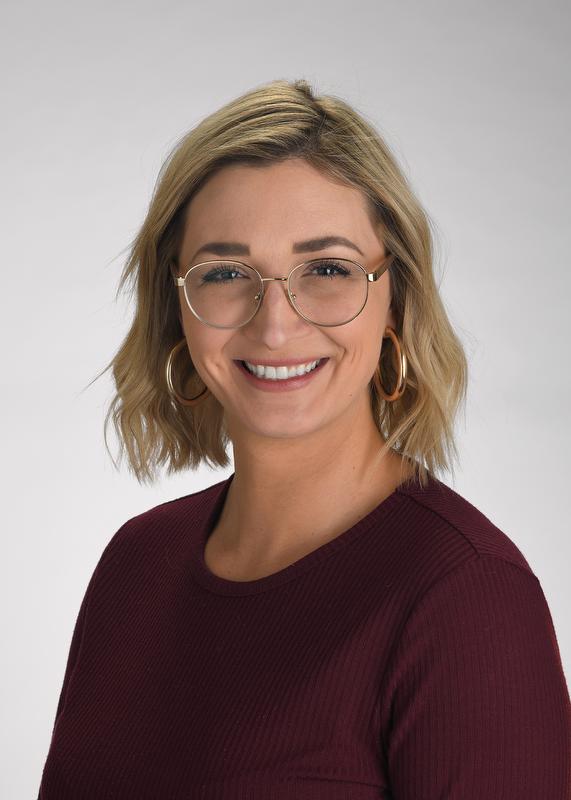
 0
0

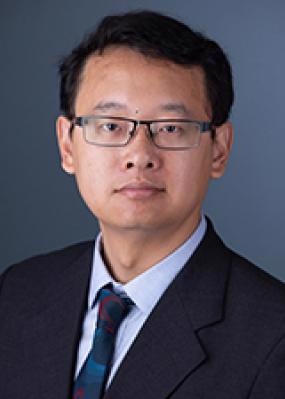 Funded Projects · News
Funded Projects · News
 Funded Projects · News
Funded Projects · News
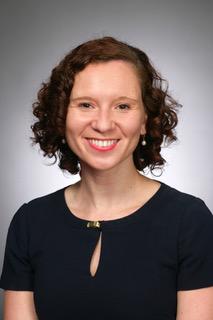 News
News
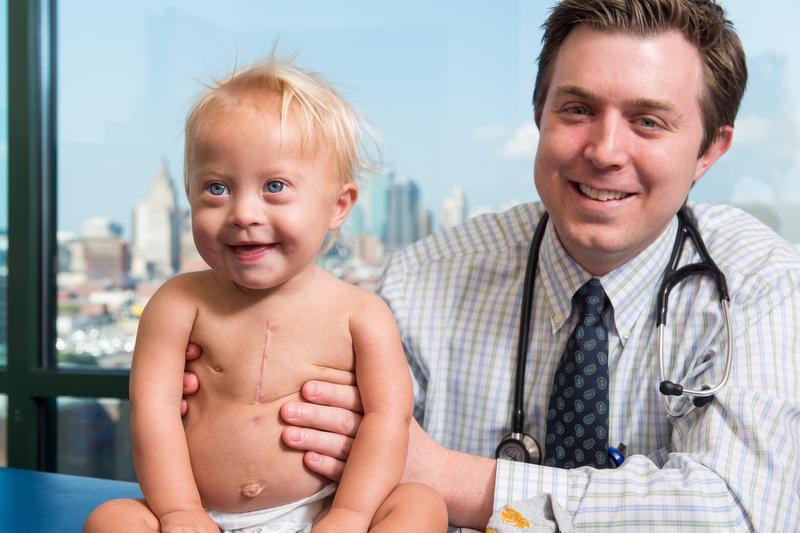 Funded Projects · News
Funded Projects · News
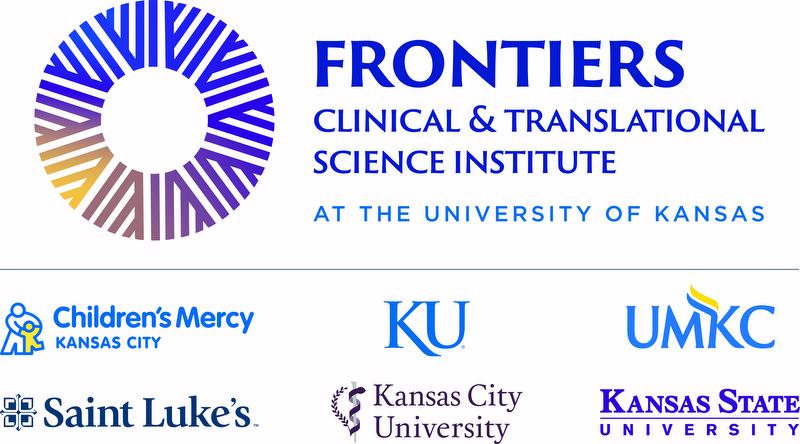 Funded Projects · News
Funded Projects · News
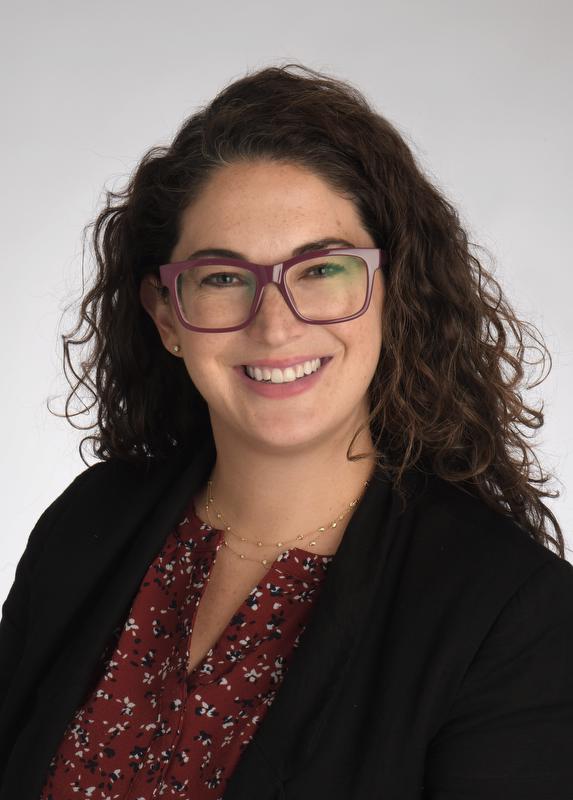 News
News
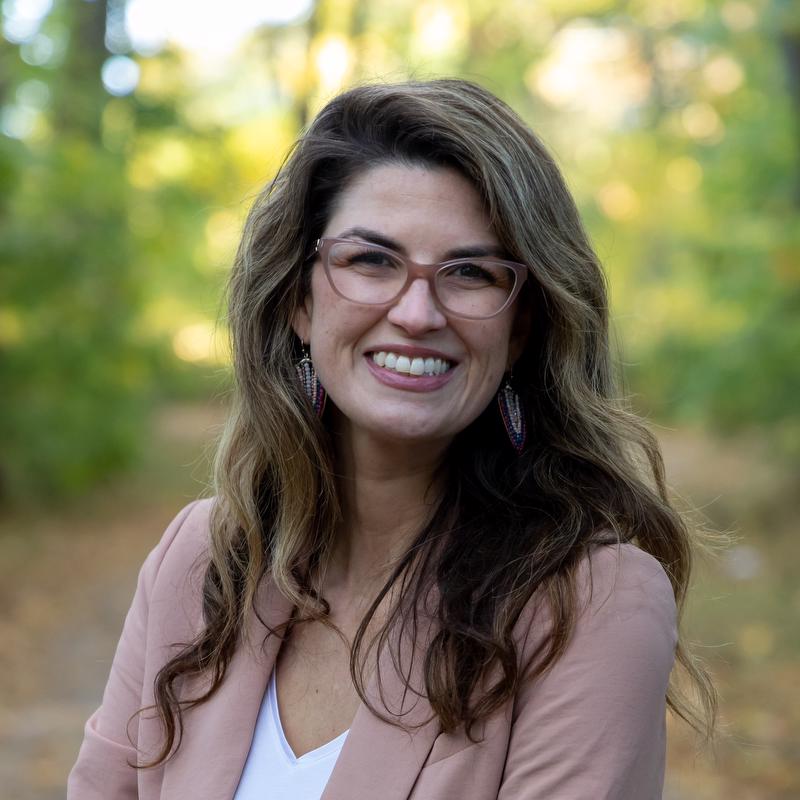 Events · News
Events · News
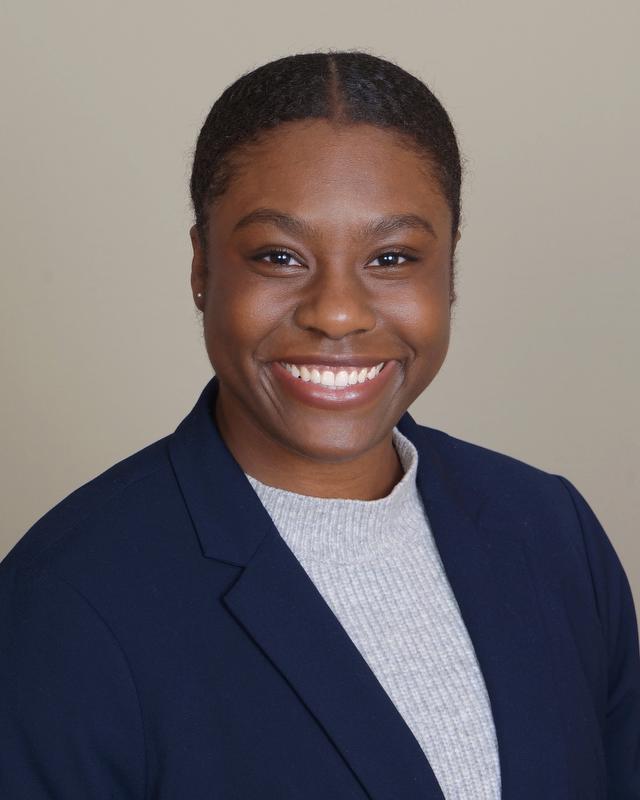 TL1 Trainee · News
TL1 Trainee · News
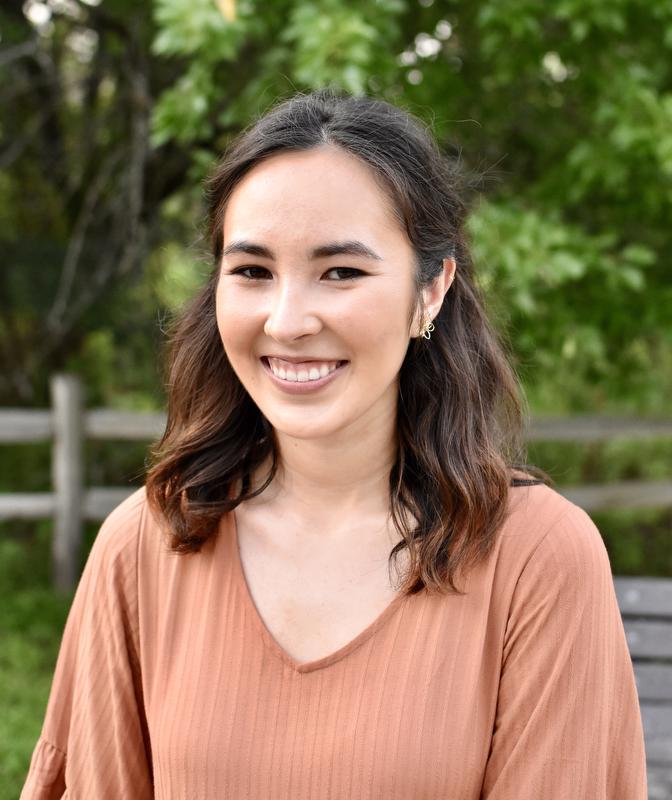 TL1 Trainee · News
TL1 Trainee · News
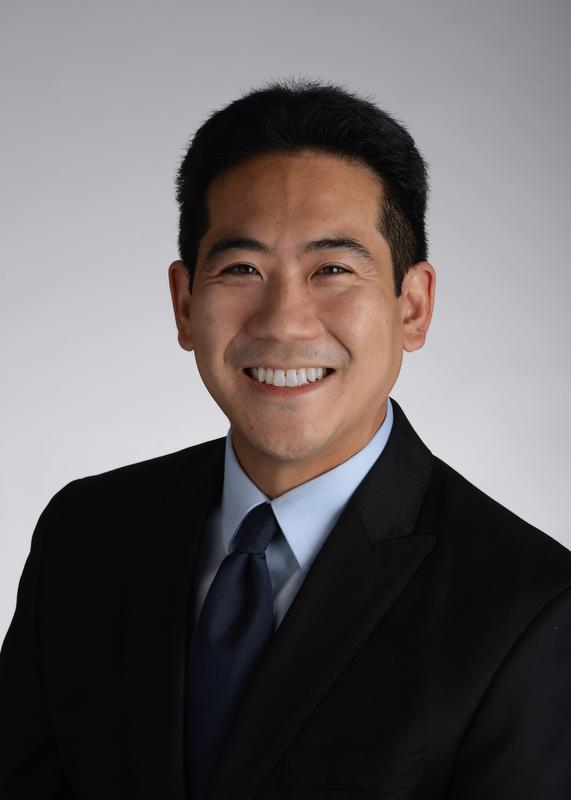 News
News
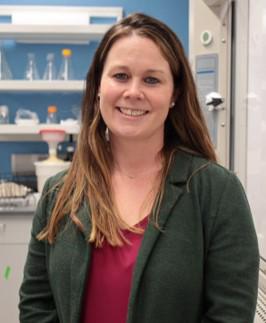 Funded Projects · News
Funded Projects · News
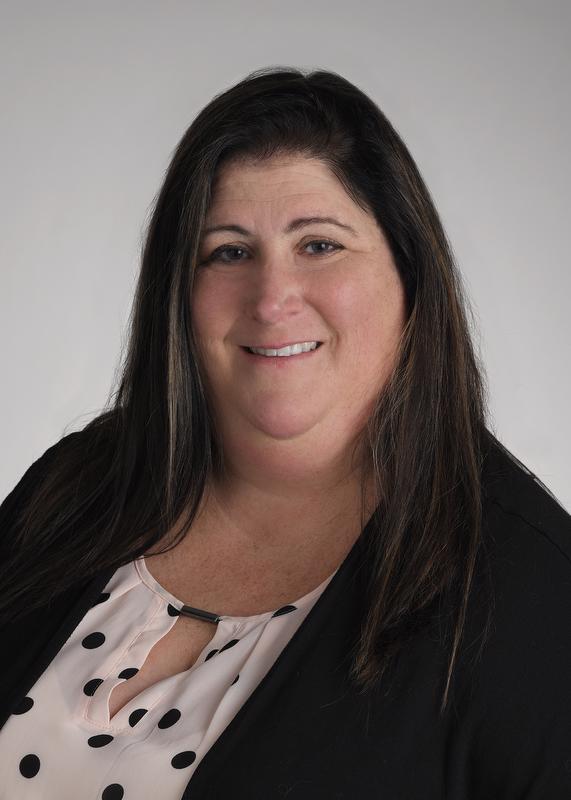 News
News
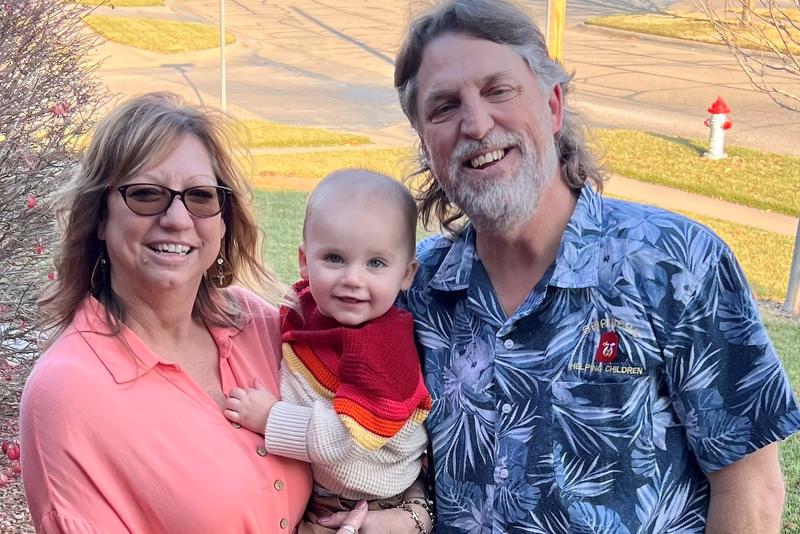 Partner News · News
Partner News · News
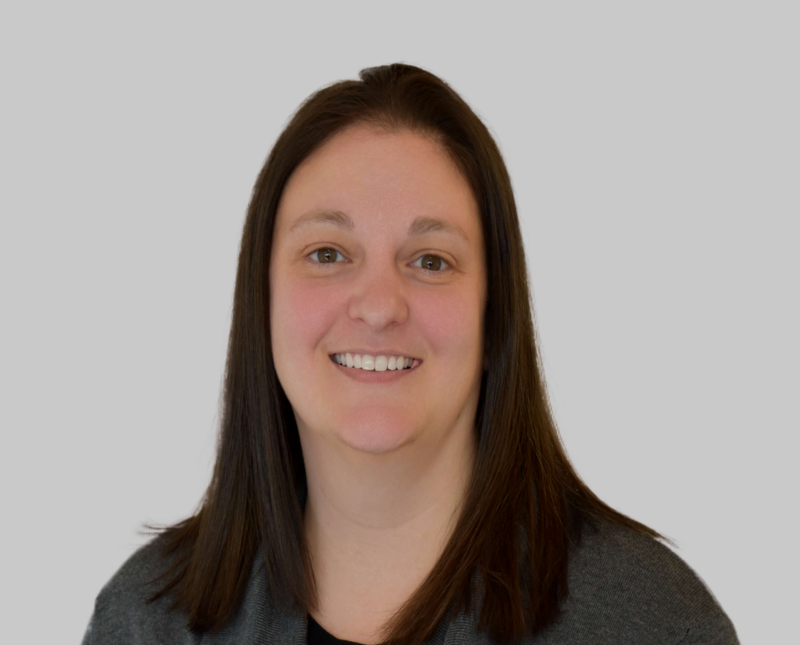 TL1 Trainee · News
TL1 Trainee · News
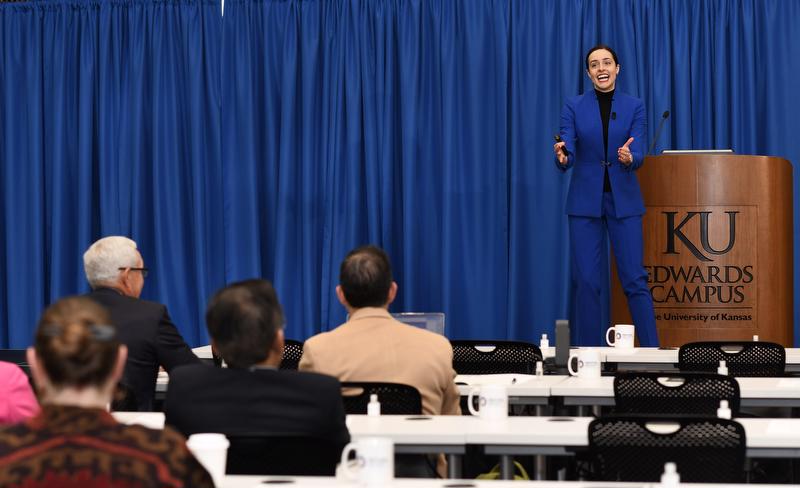 Events · News
Events · News
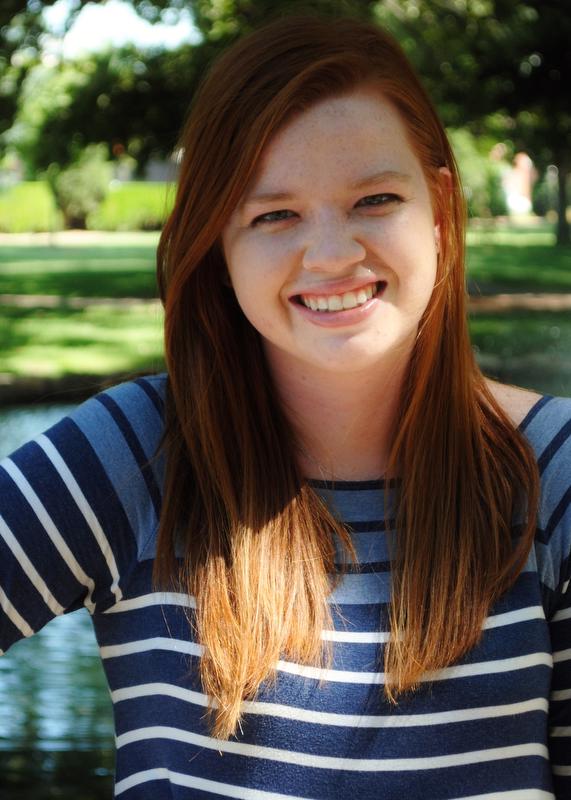 KL2 Scholar · News
KL2 Scholar · News
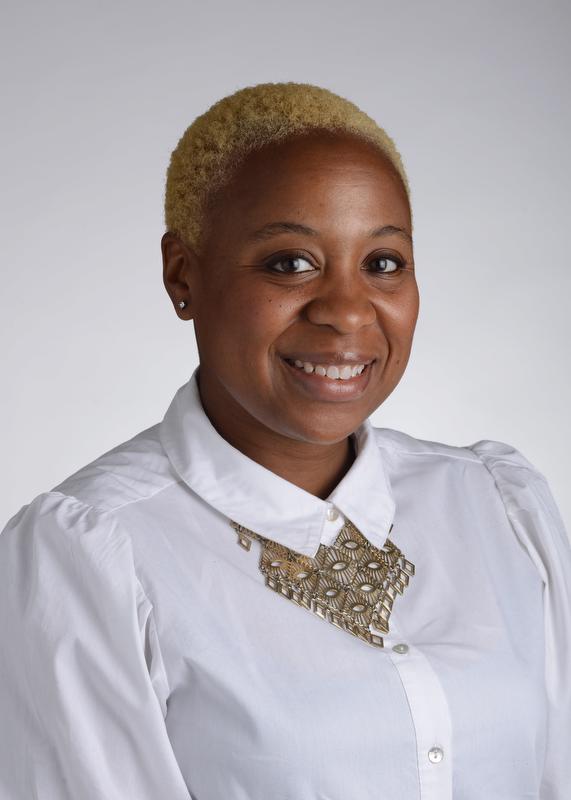 News
News
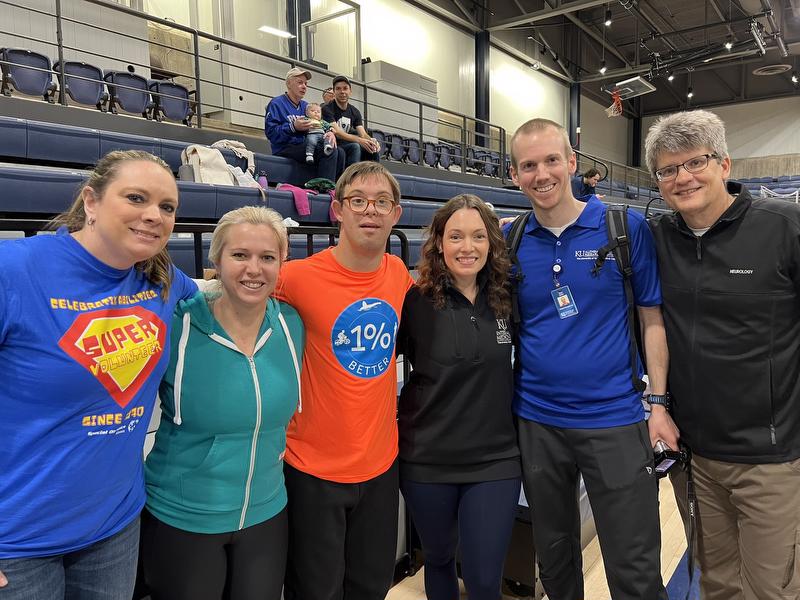 TL1 Trainee · News
TL1 Trainee · News
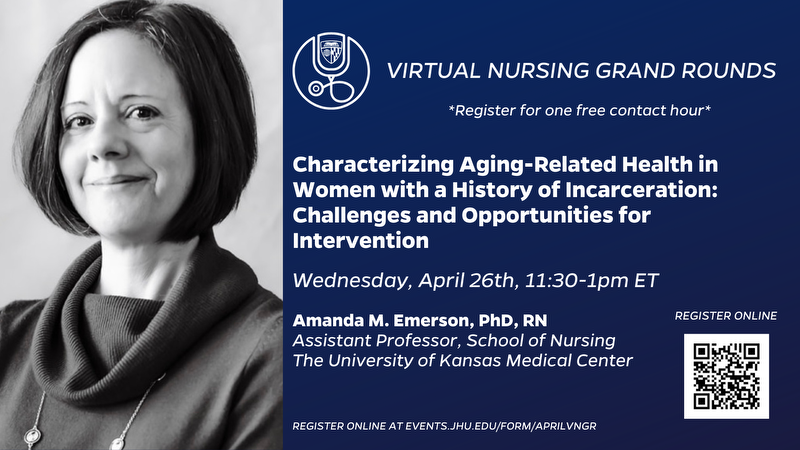 News · KL2 Scholar
News · KL2 Scholar
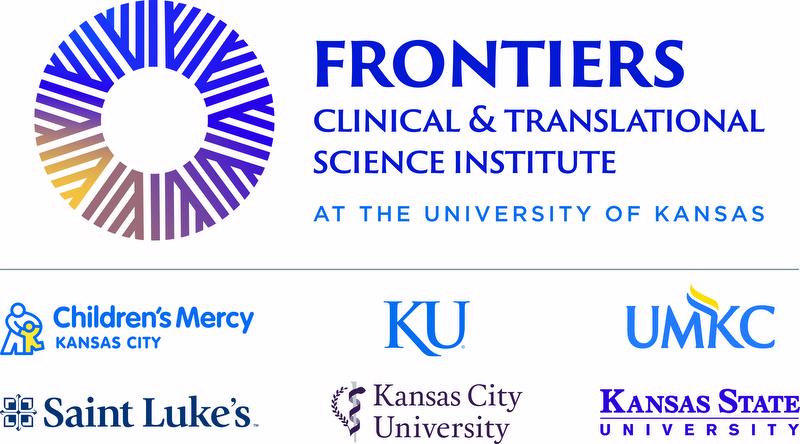
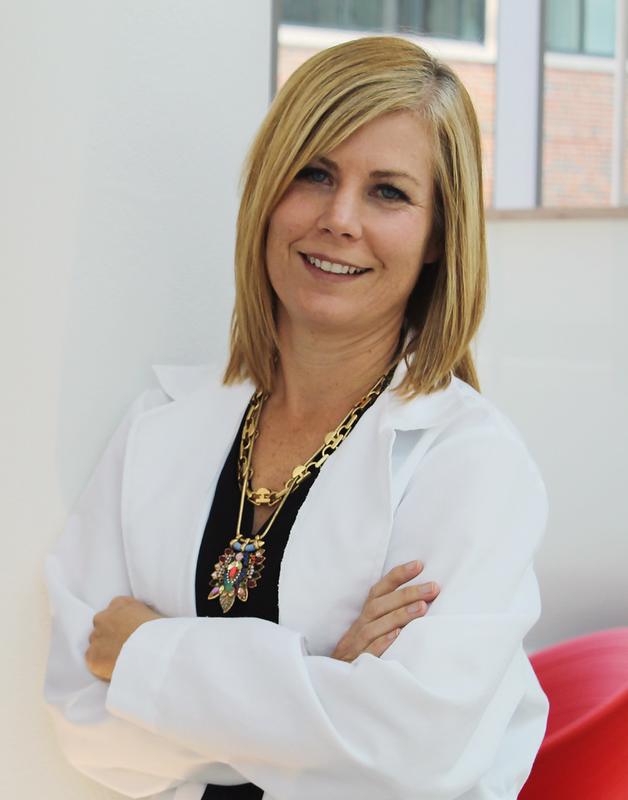 TL1 Trainee · News
TL1 Trainee · News
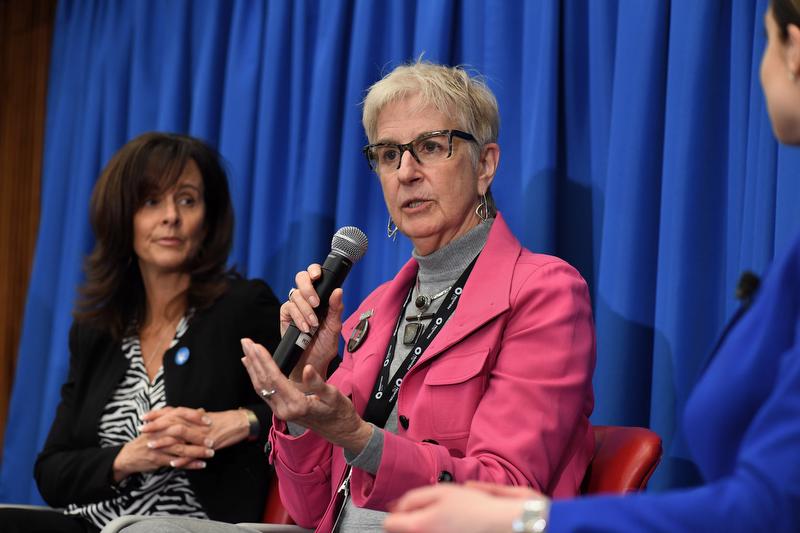 Events · News
Events · News
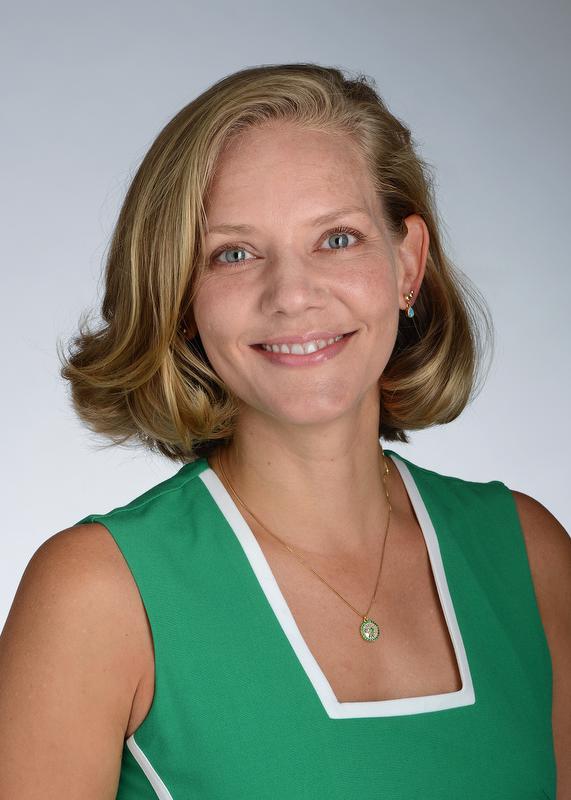 News
News
 News
News
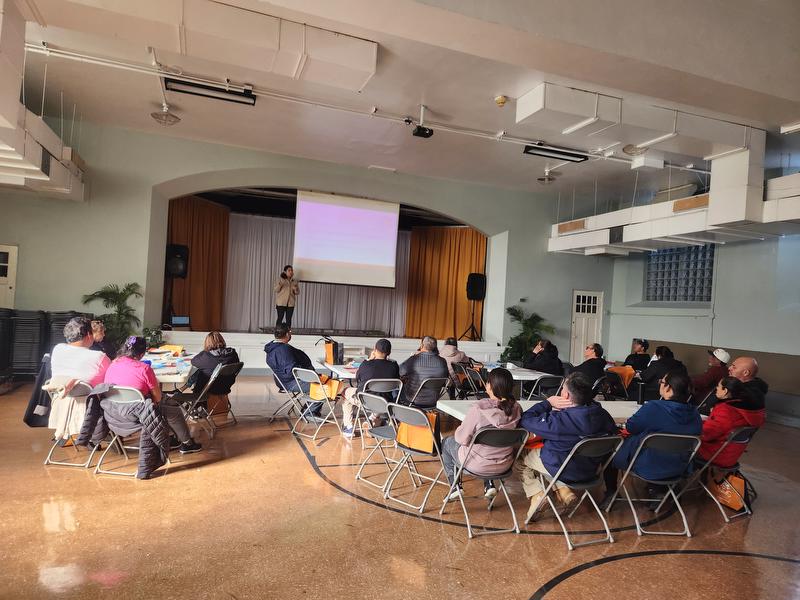

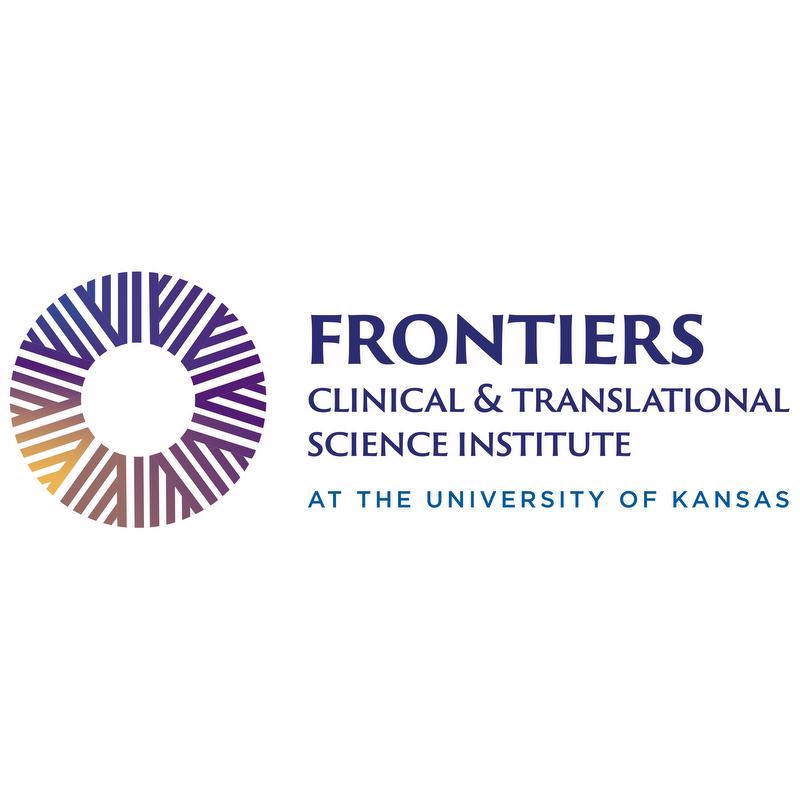 News
News
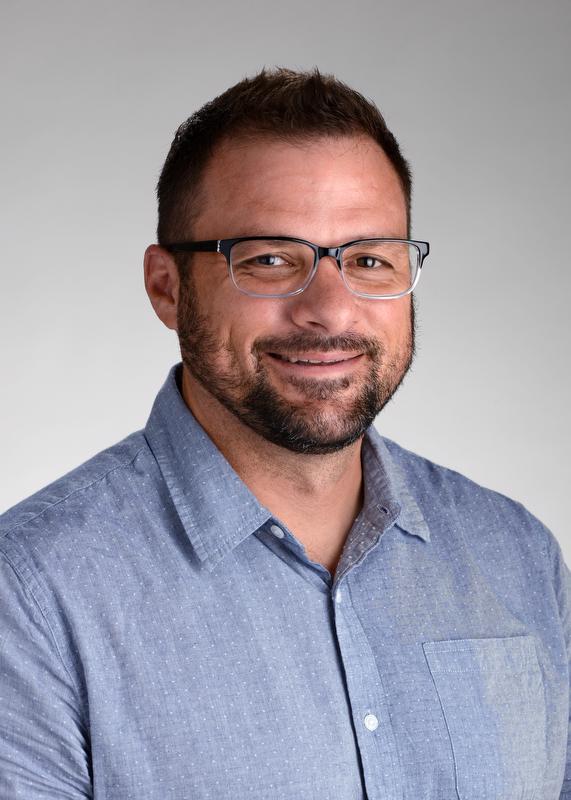
 40
40

 News
News
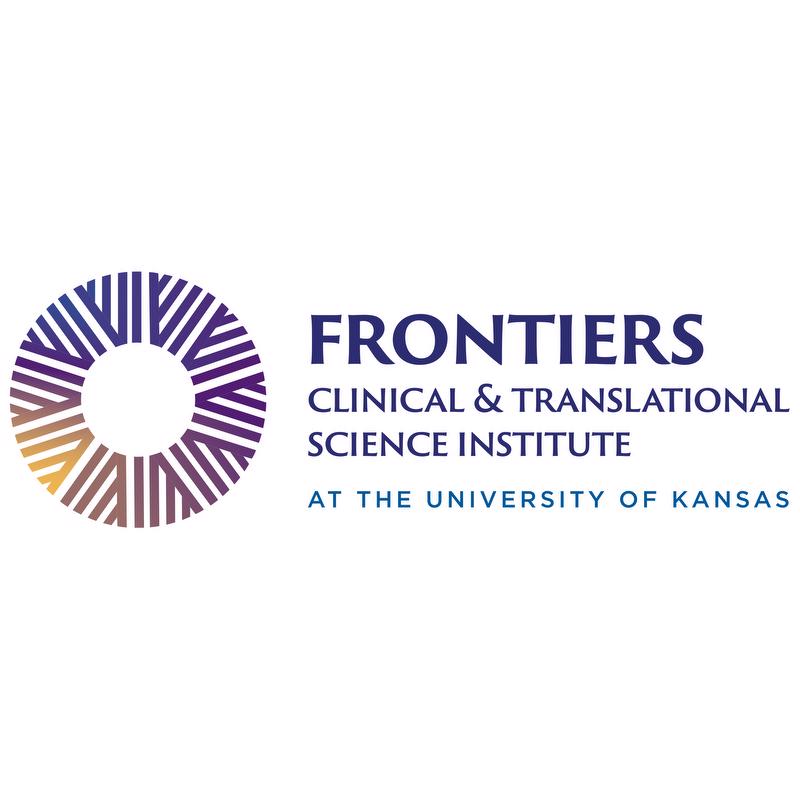 News
News
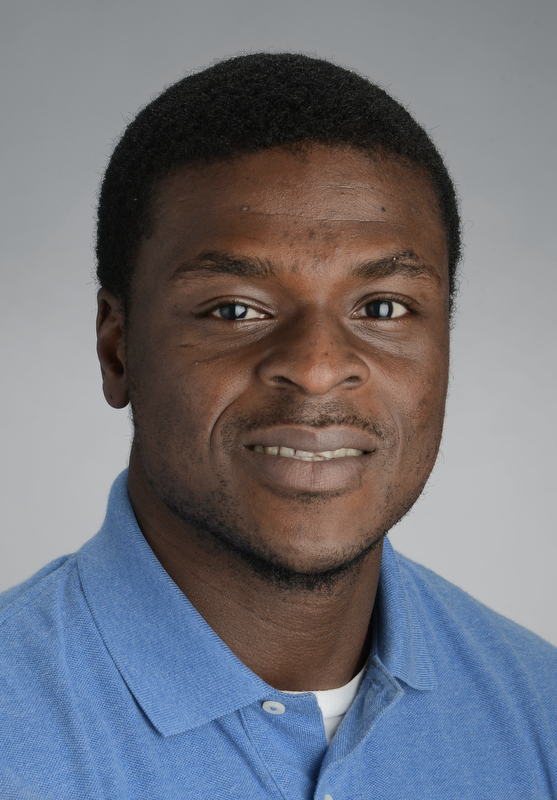 TL1 Trainee · News
TL1 Trainee · News
 News
News
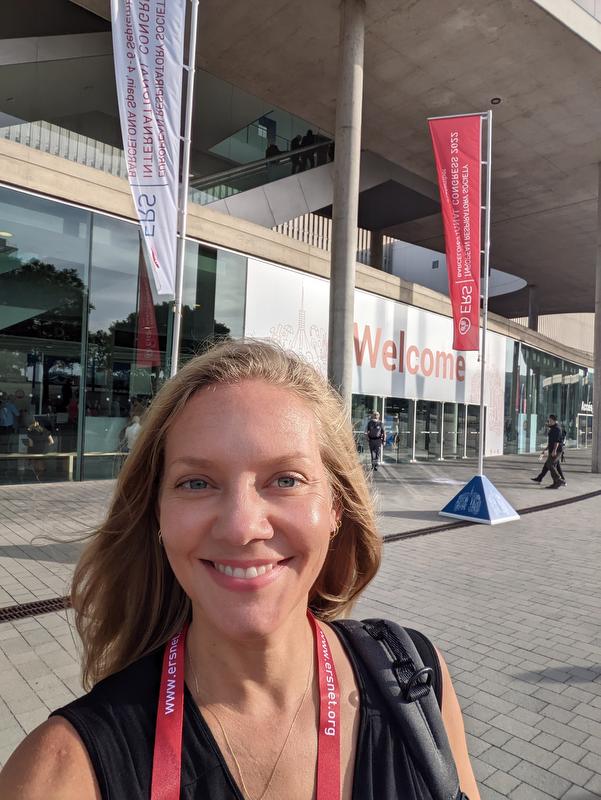 Funded Projects · News
Funded Projects · News
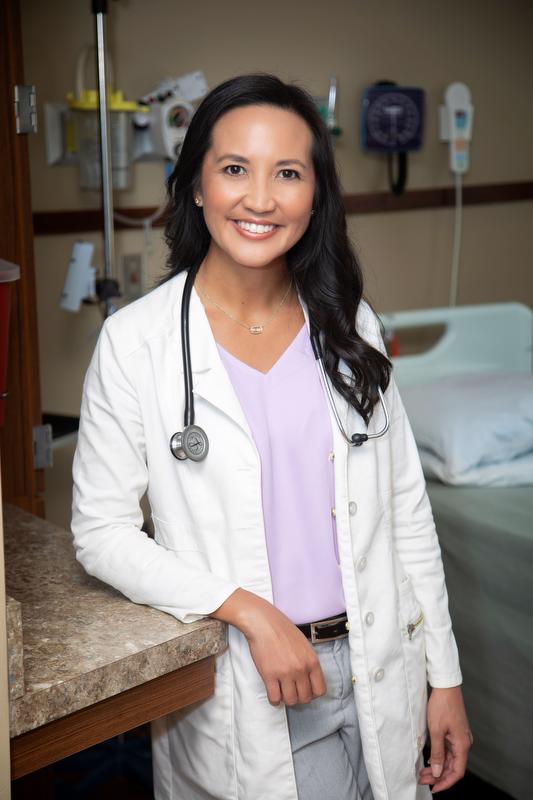 News · In the Community
News · In the Community
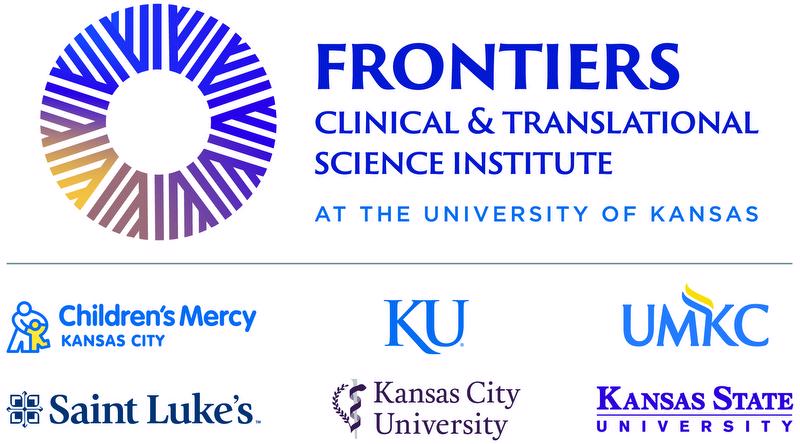 Funded Projects · News
Funded Projects · News
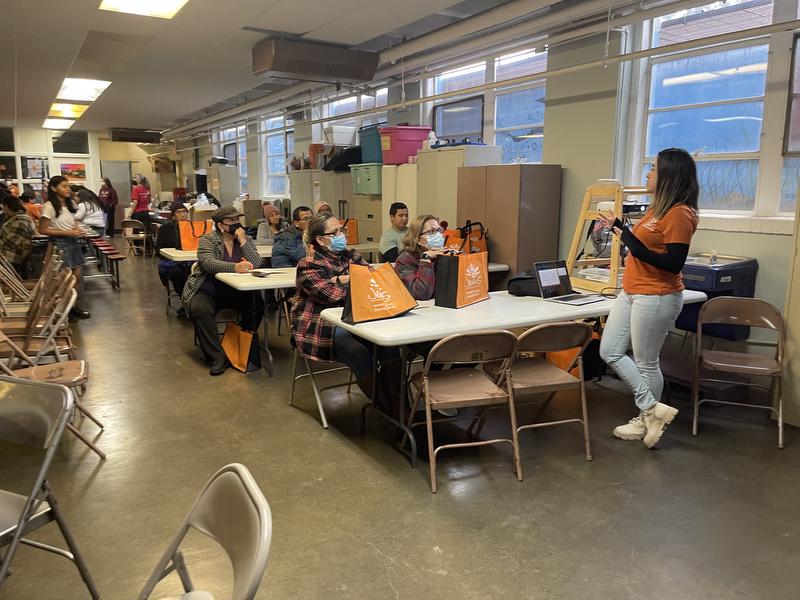 In the Community
In the Community
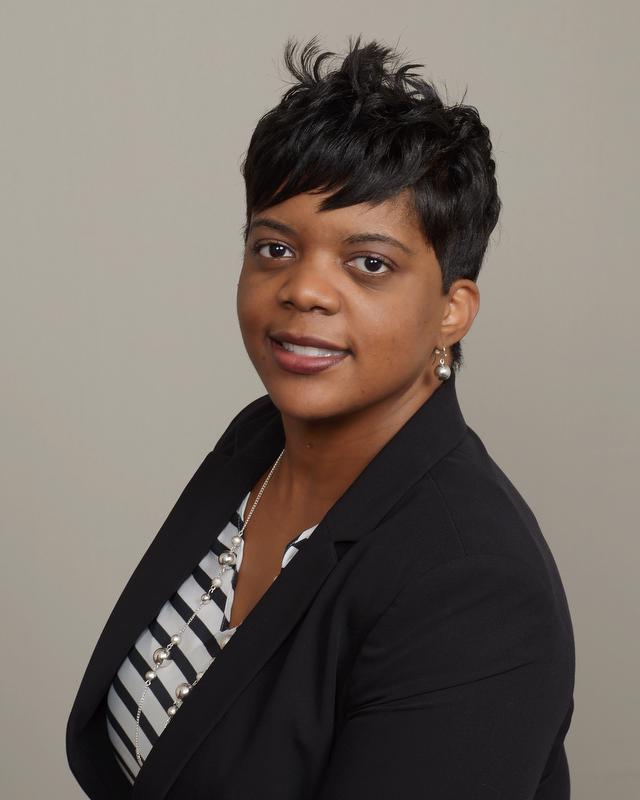 News · In the Community · Partner News
News · In the Community · Partner News
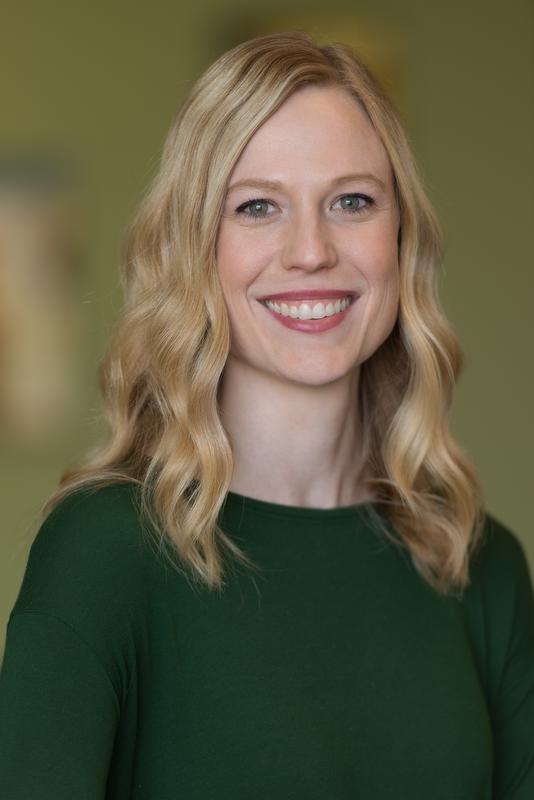 KL2 Scholar · News
KL2 Scholar · News
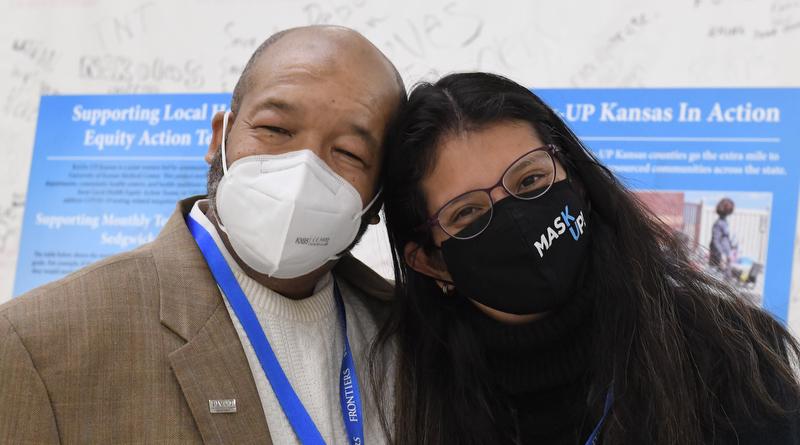 News · In the Community
News · In the Community
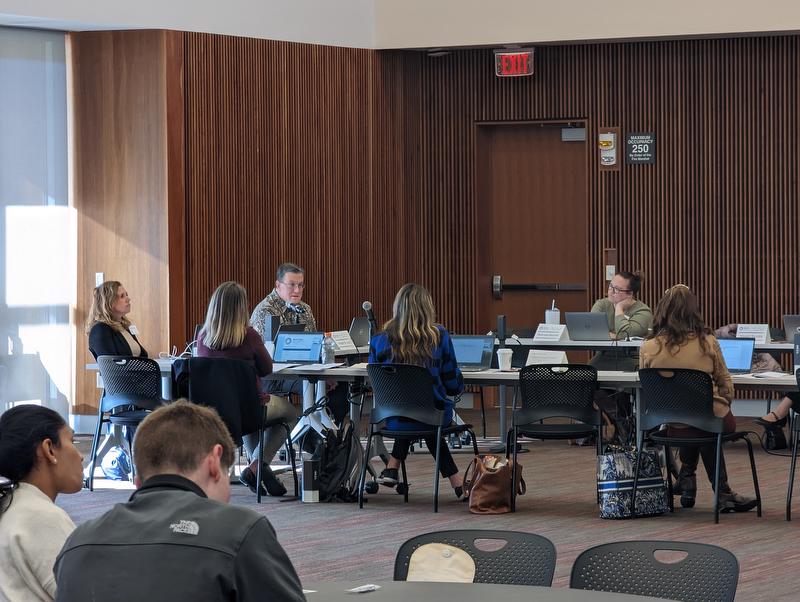 Events · News · Services
Events · News · Services
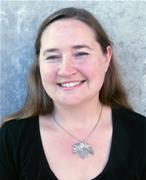 Funded Projects · News
Funded Projects · News
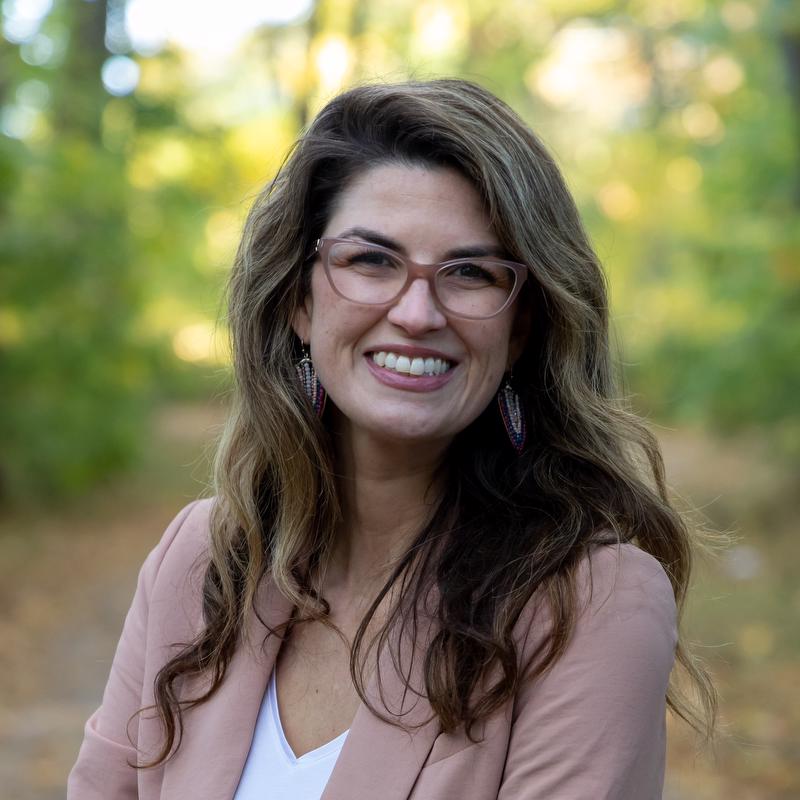 KL2 Scholar · Funded Projects · News
KL2 Scholar · Funded Projects · News
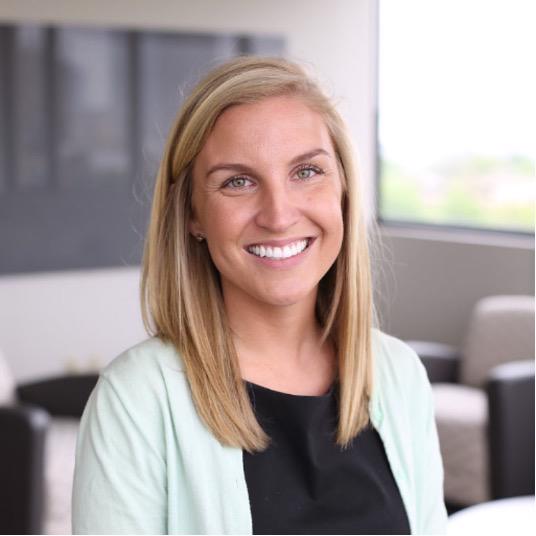 TL1 Trainee · Funded Projects · News
TL1 Trainee · Funded Projects · News
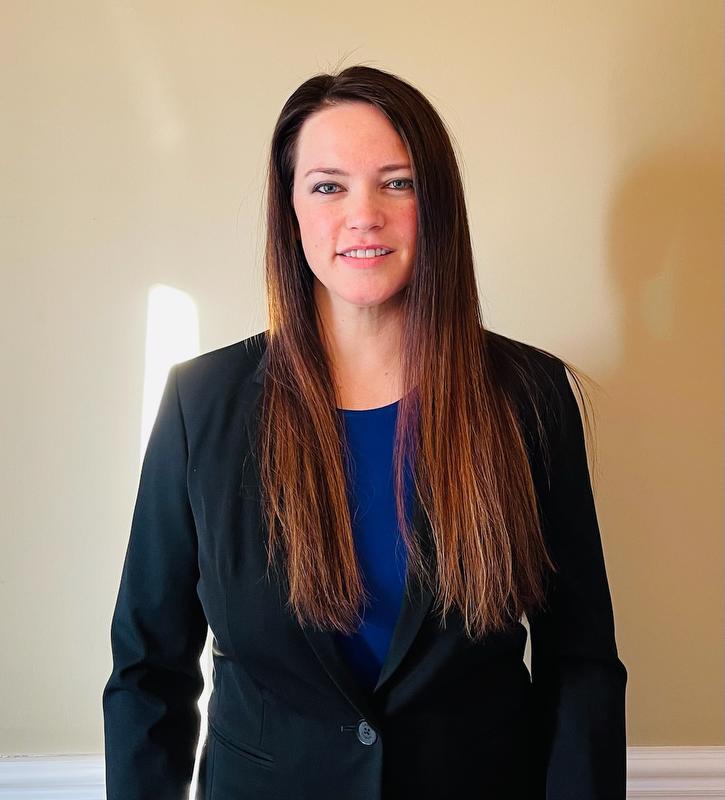 News
News
 News
News
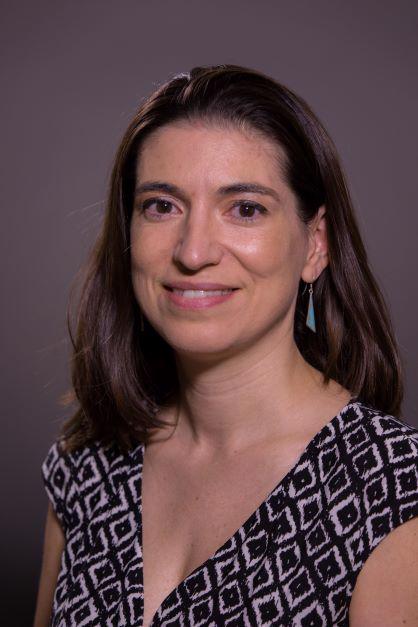 KL2 Scholar · Funded Projects
KL2 Scholar · Funded Projects
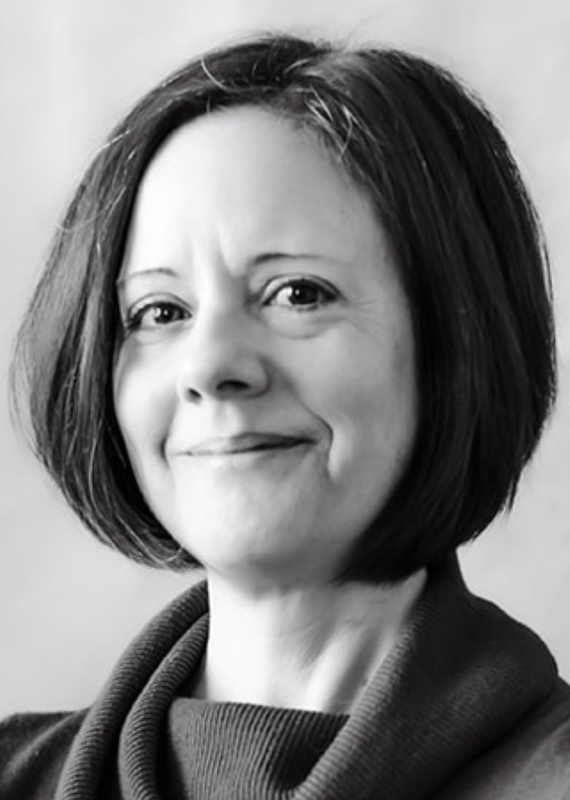 KL2 Scholar · Funded Projects
KL2 Scholar · Funded Projects
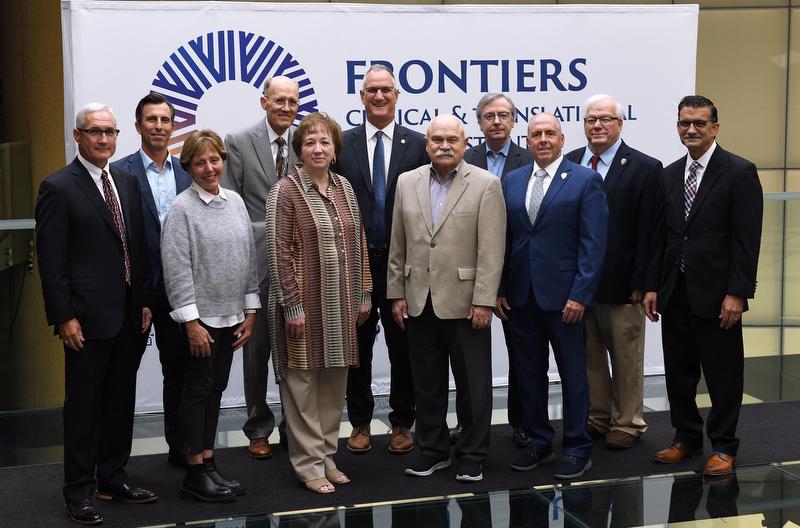 Events · News
Events · News
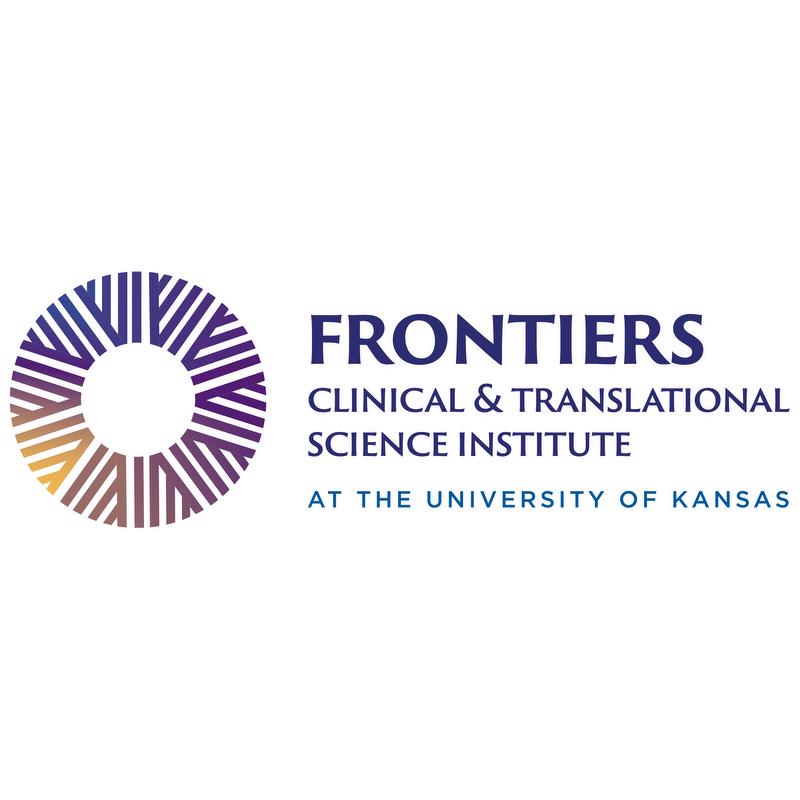 News
News
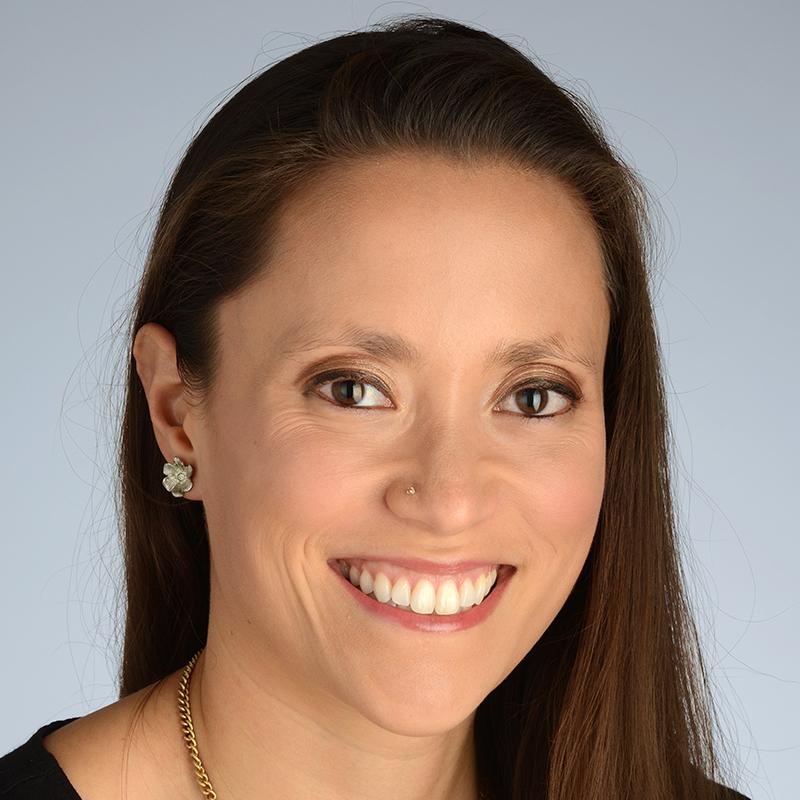 KL2 Scholar · Funded Projects
KL2 Scholar · Funded Projects
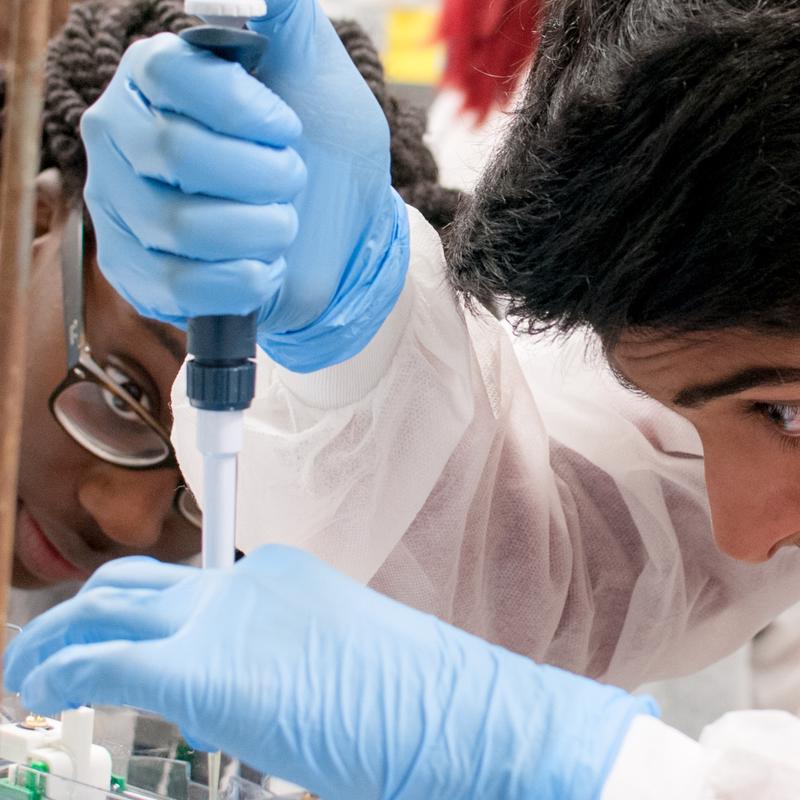 News
News
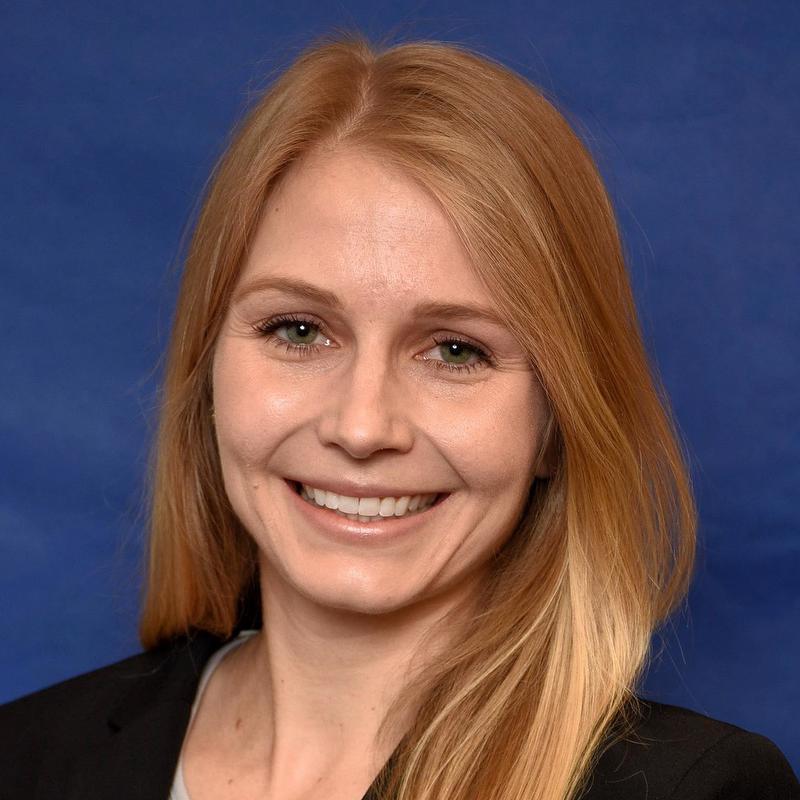 Funded Projects
Funded Projects
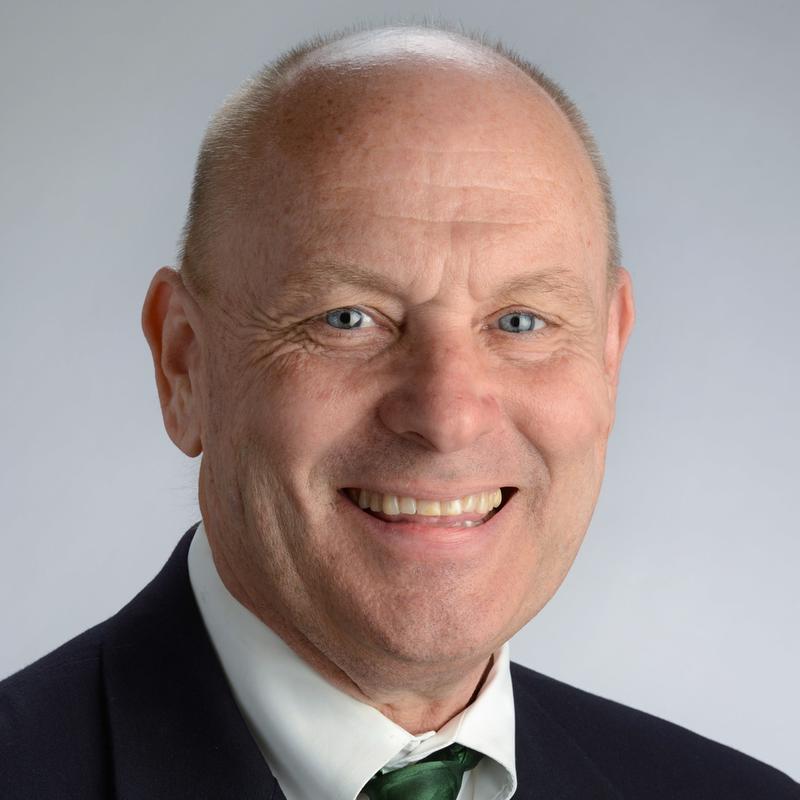
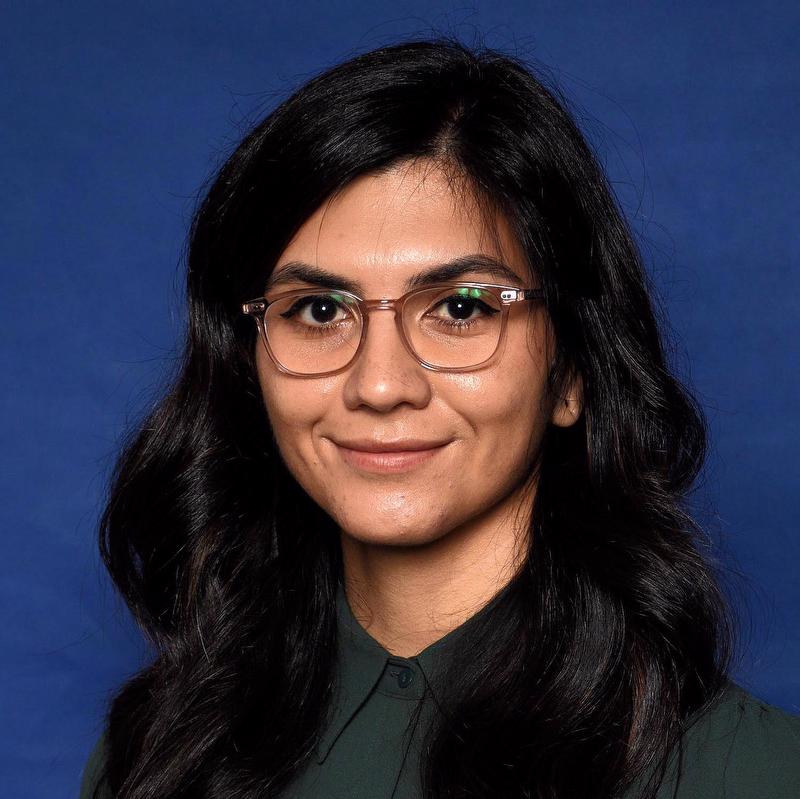 TL1 Trainee
TL1 Trainee
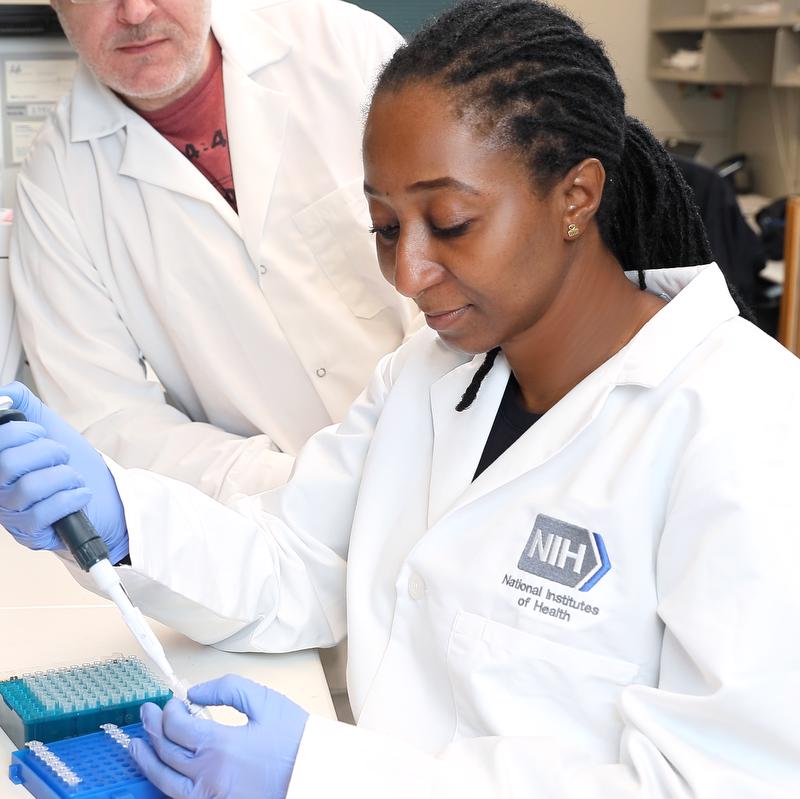 News
News
 Funded Projects
Funded Projects
